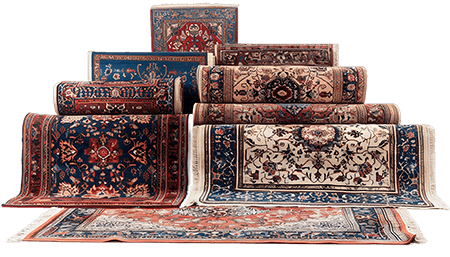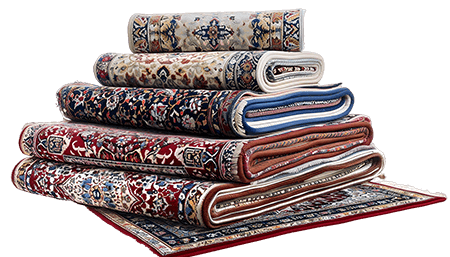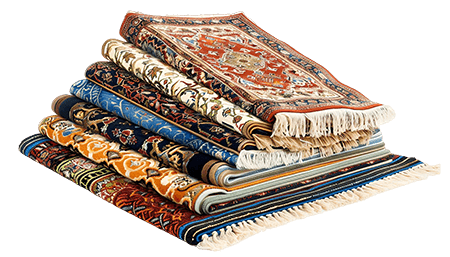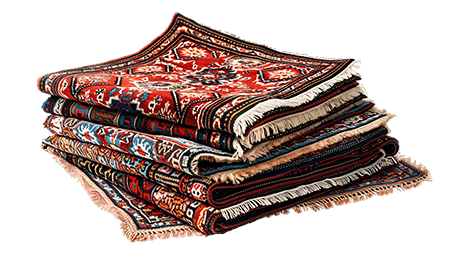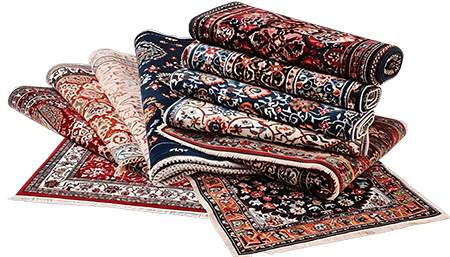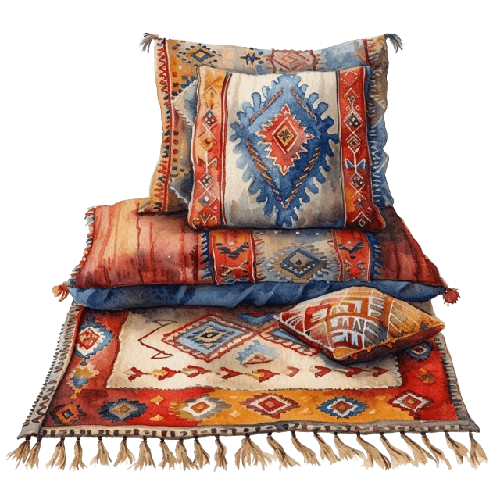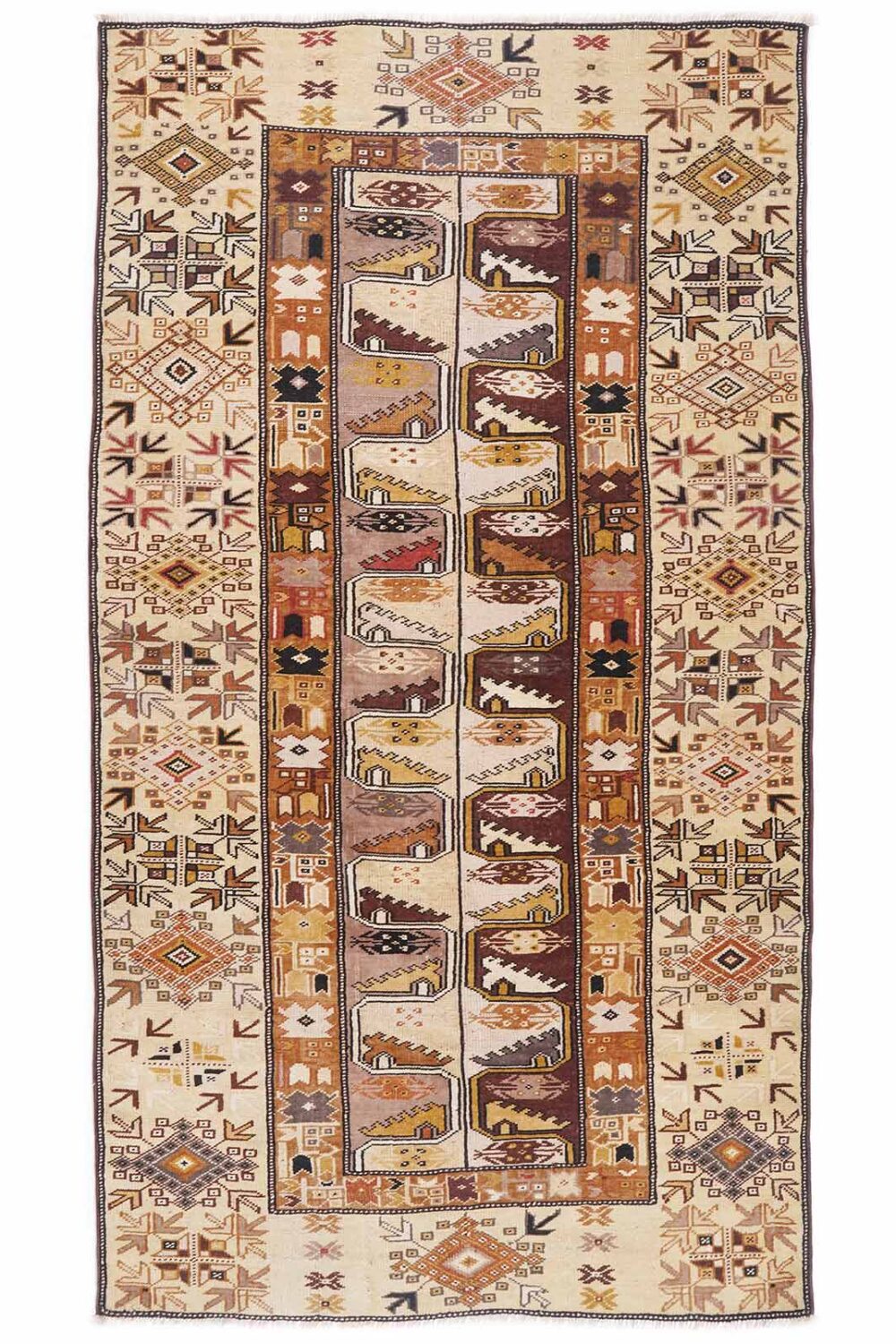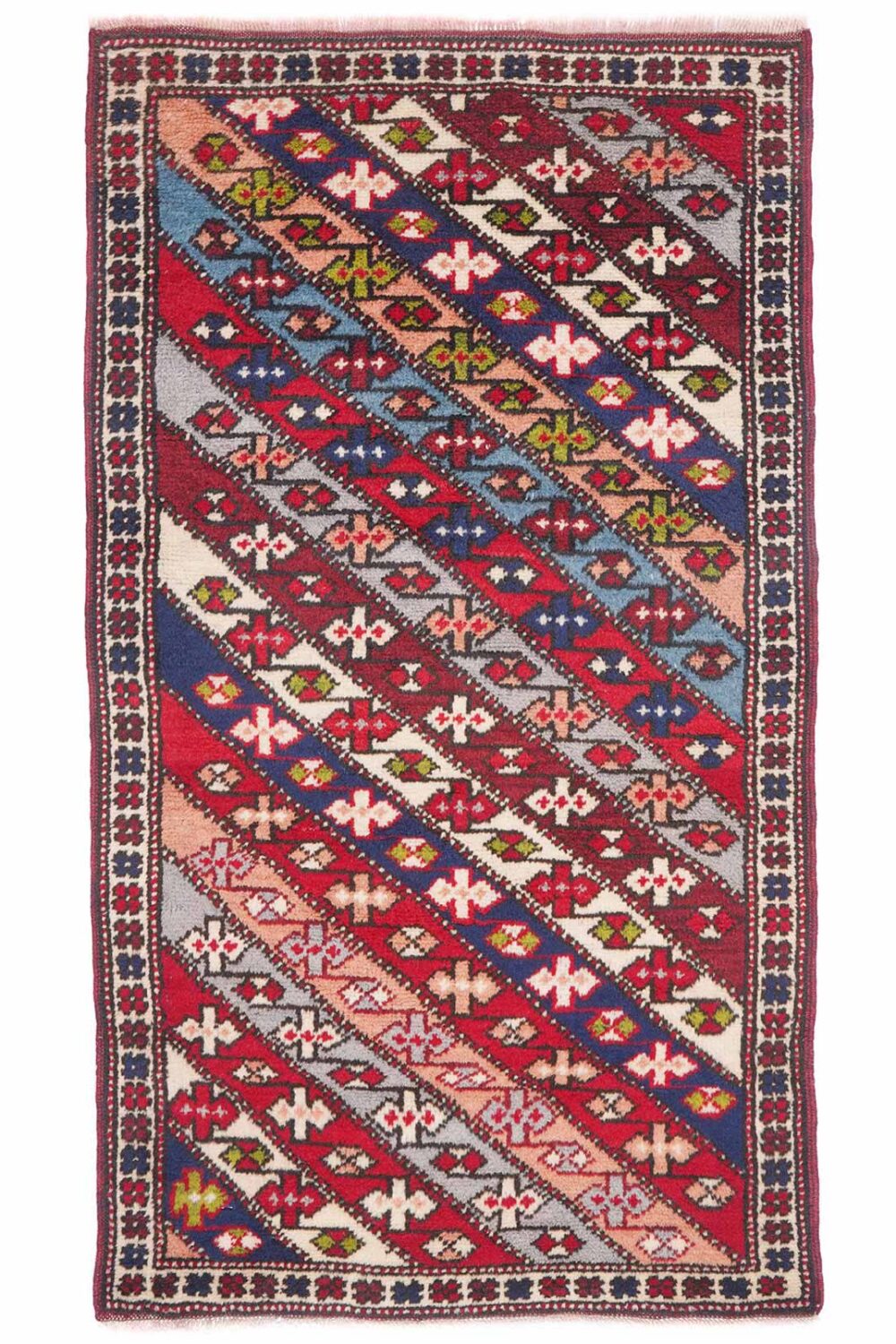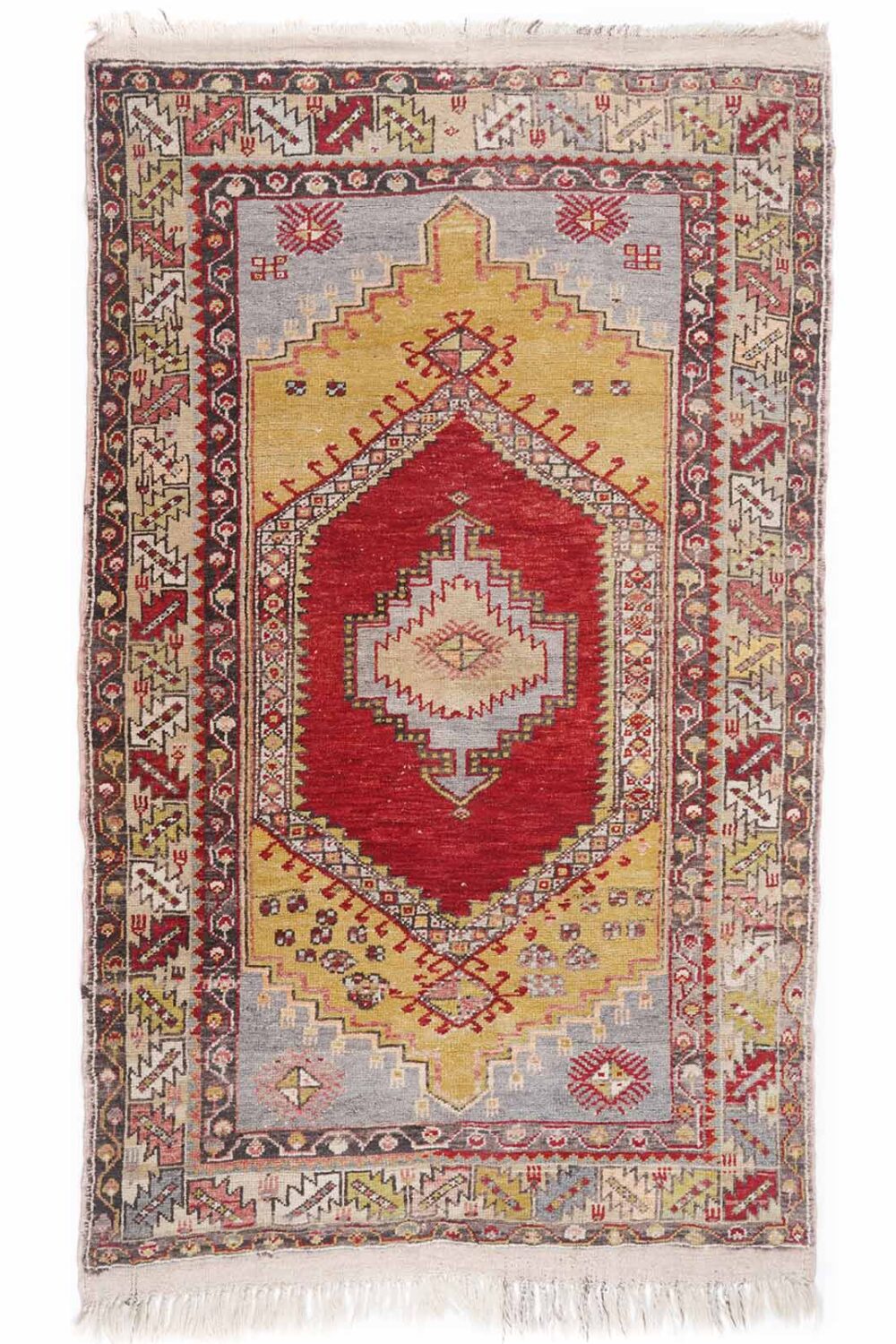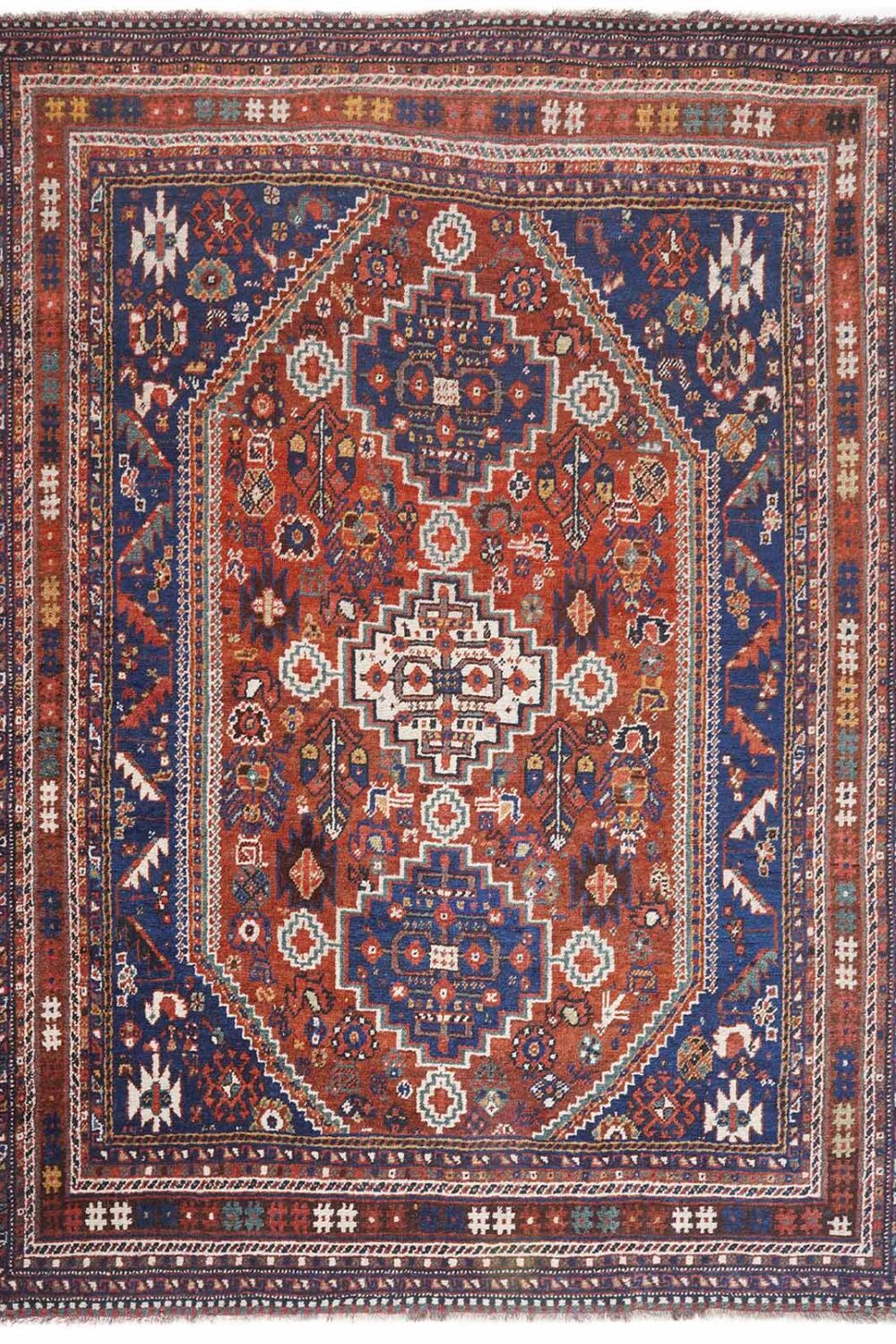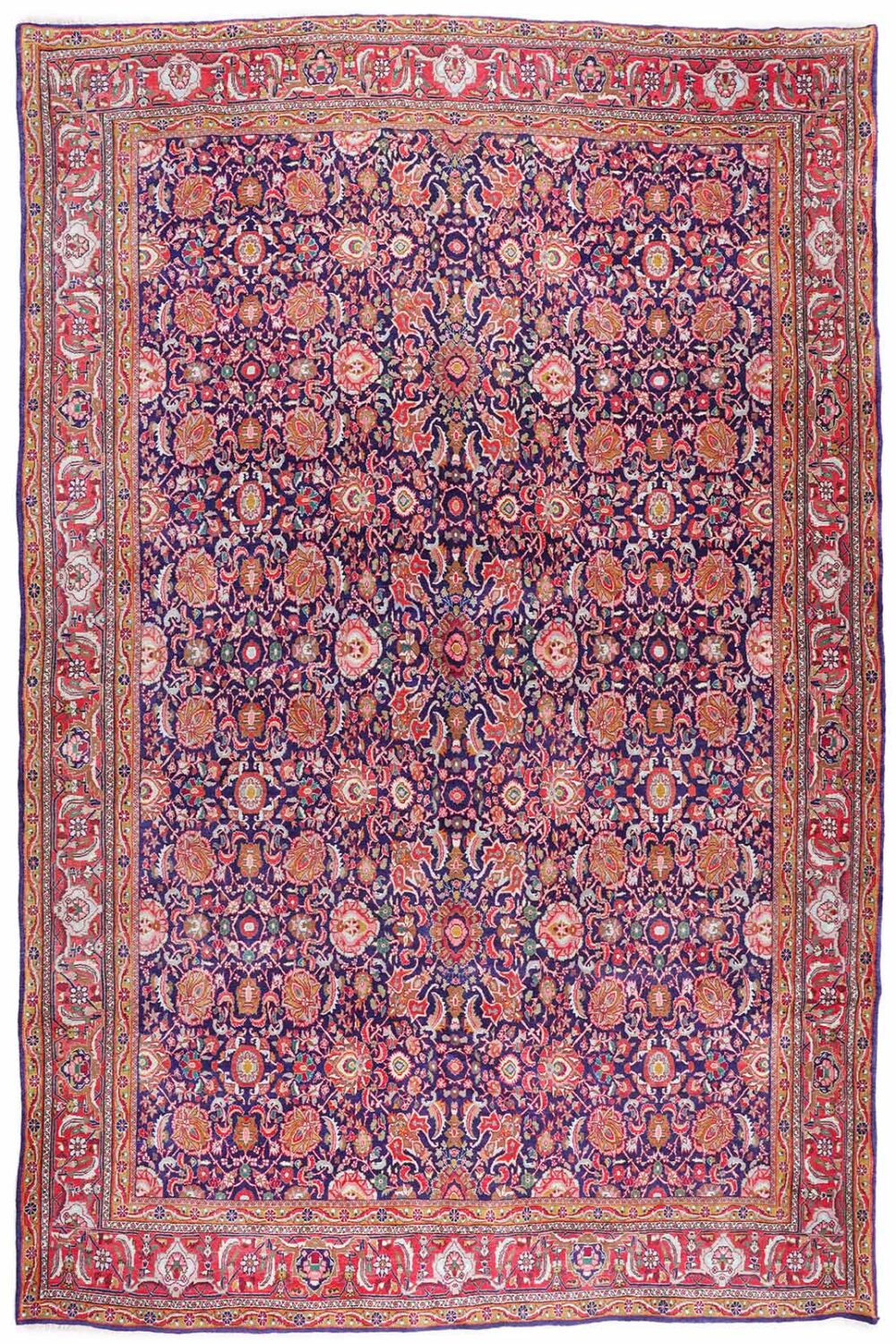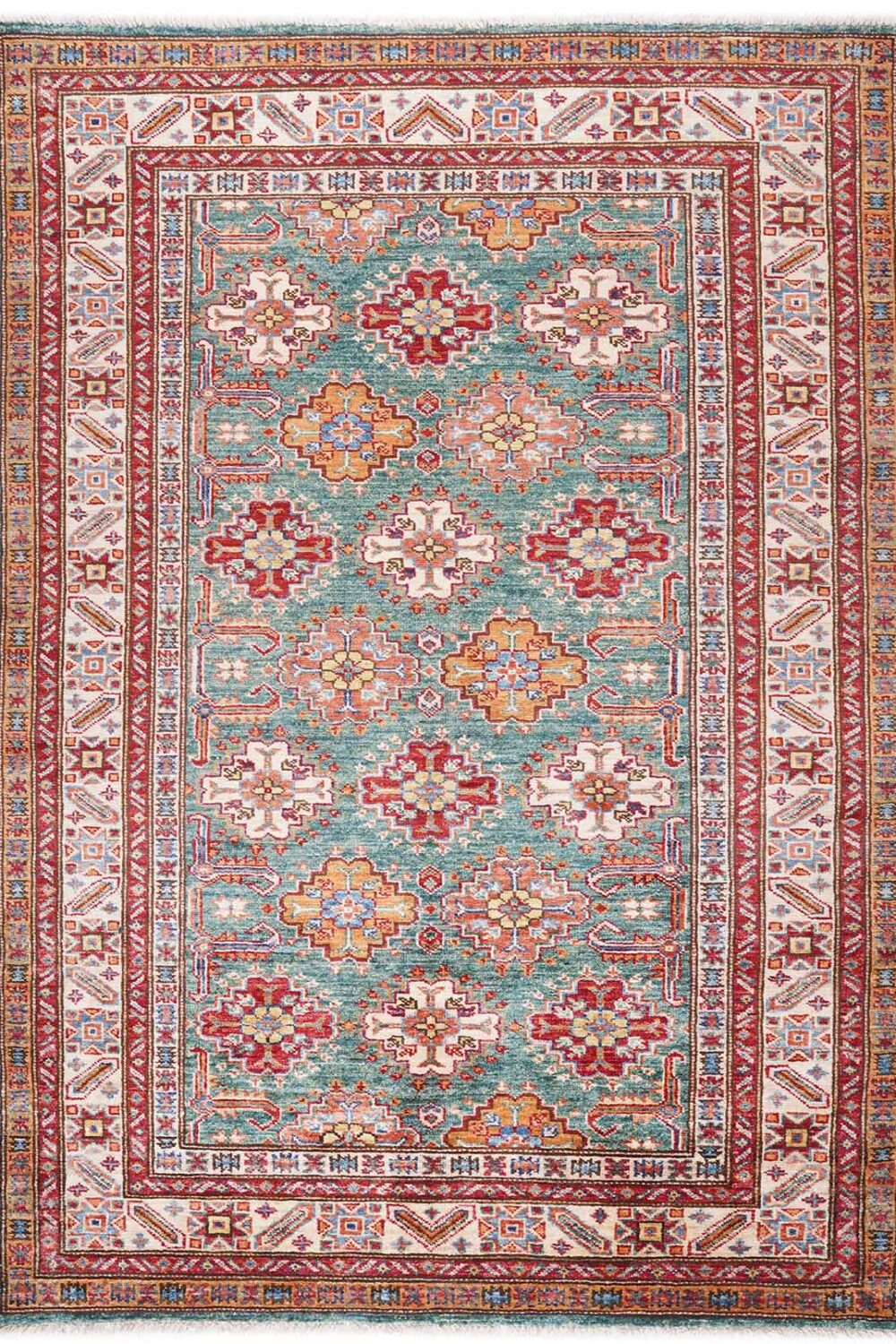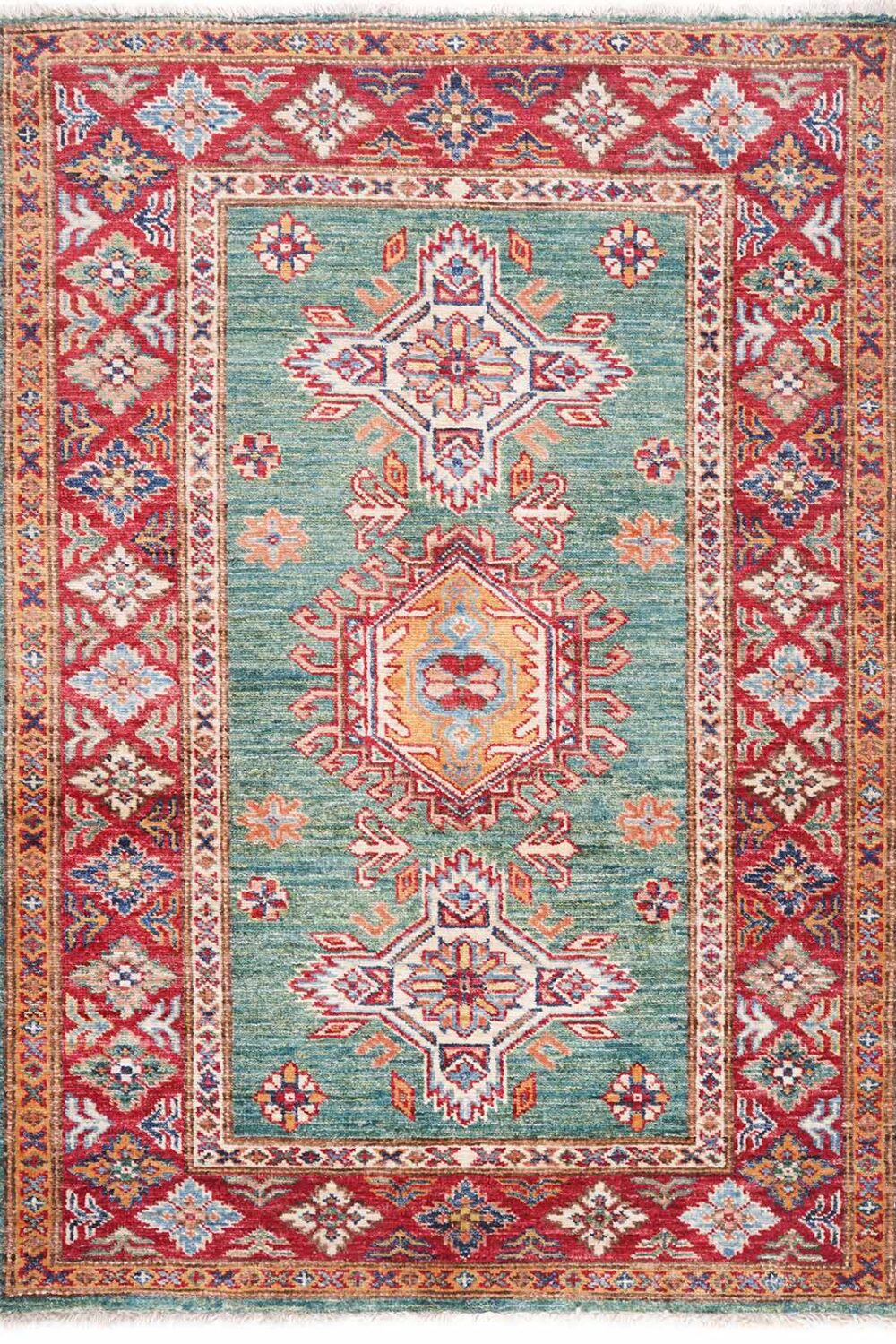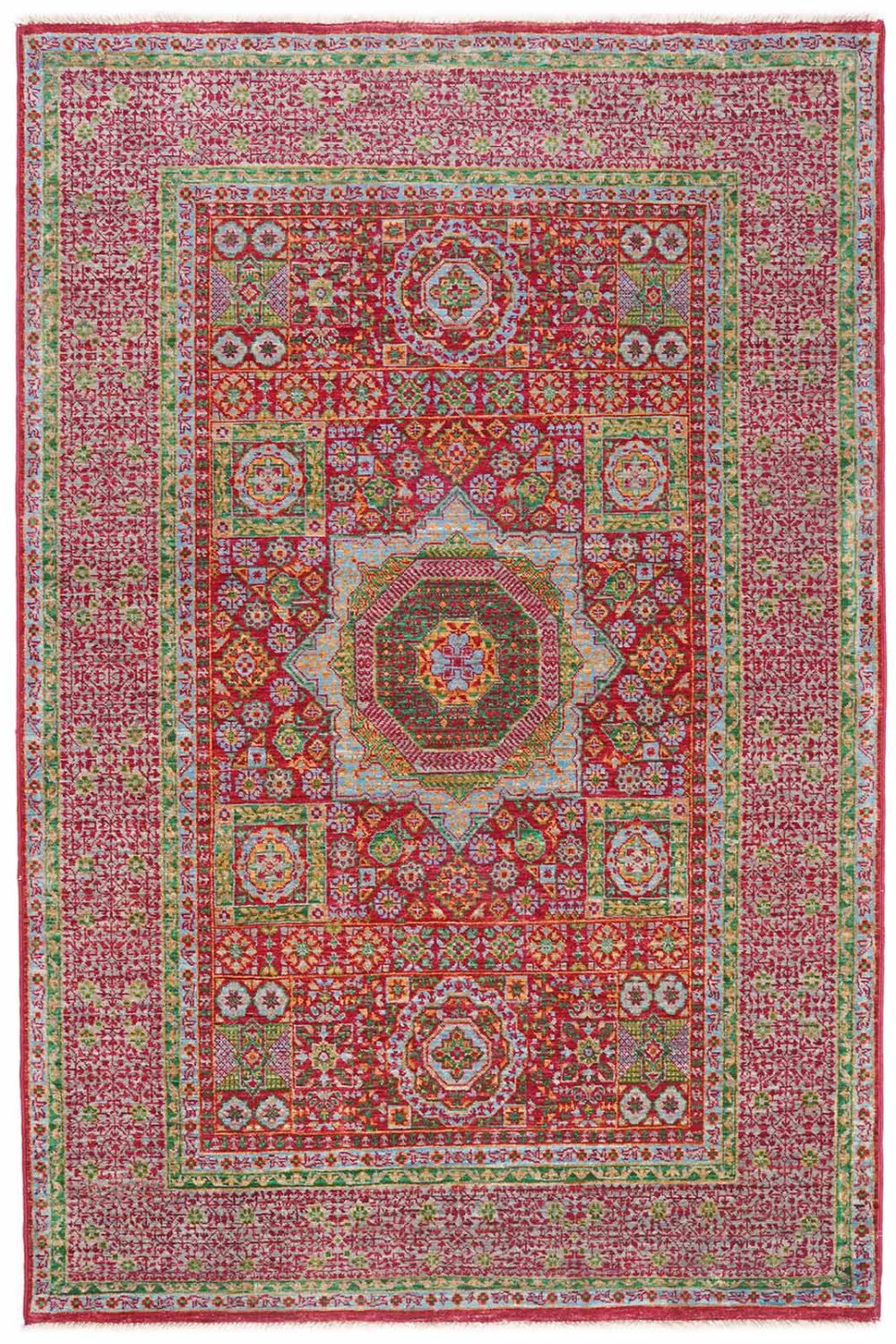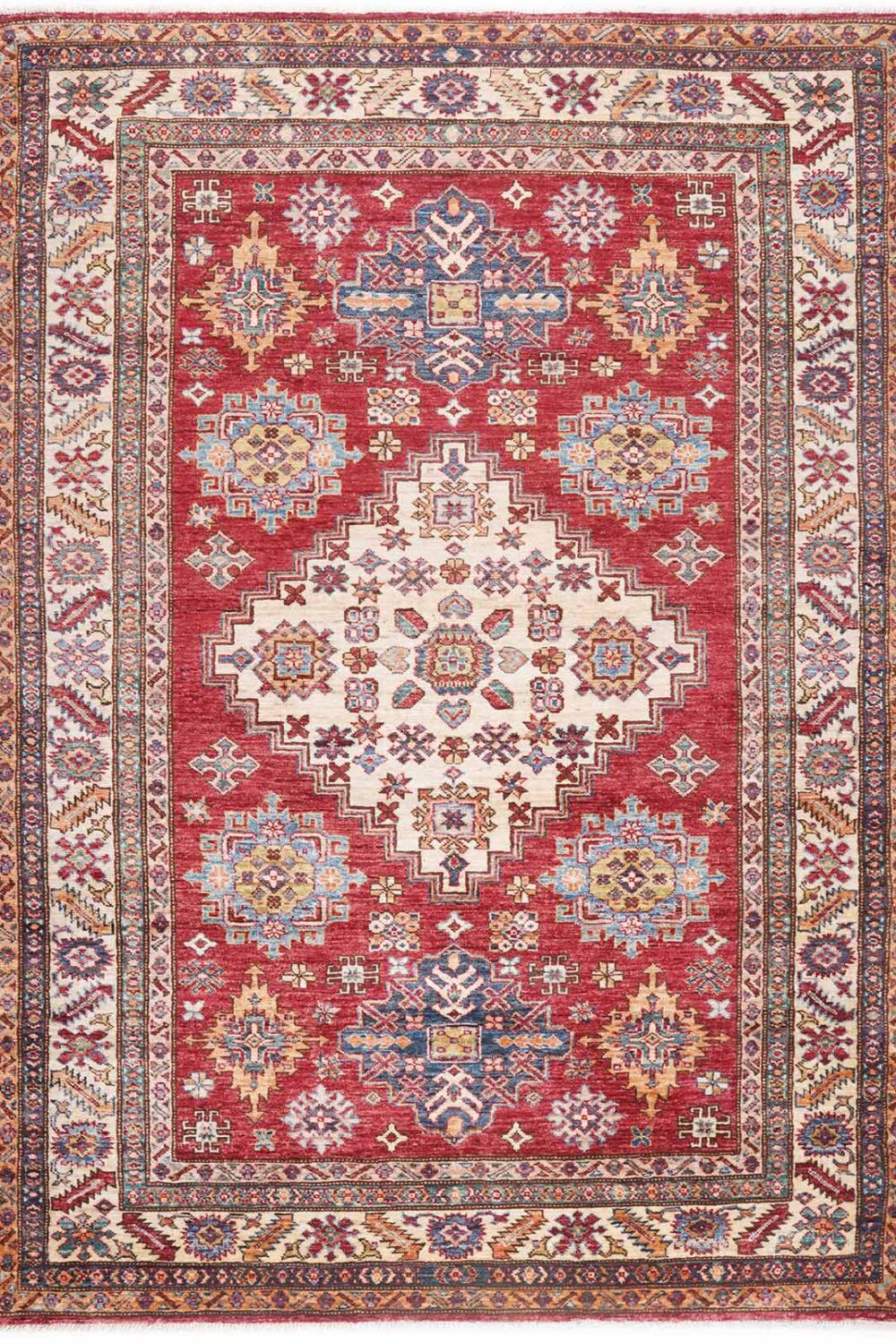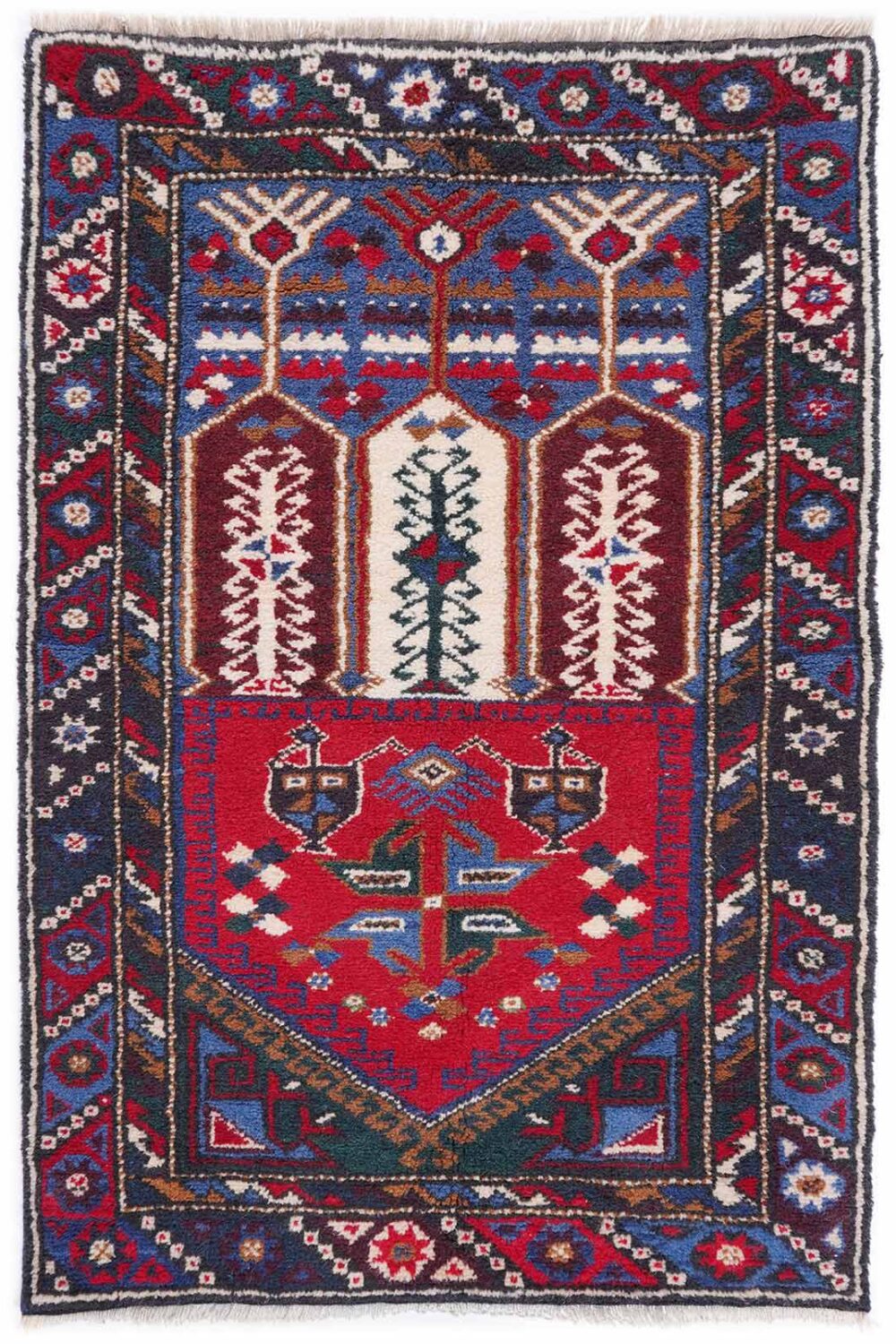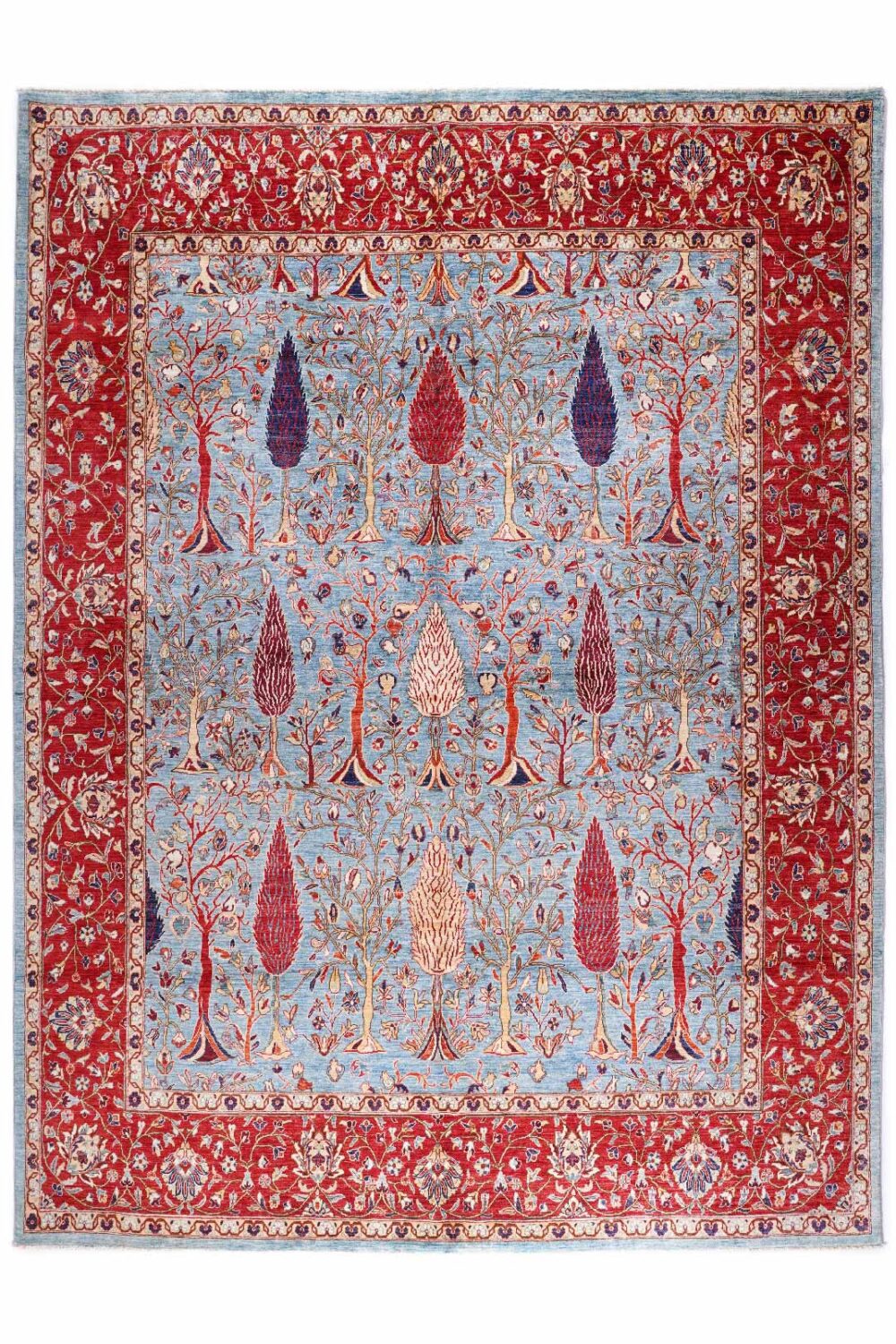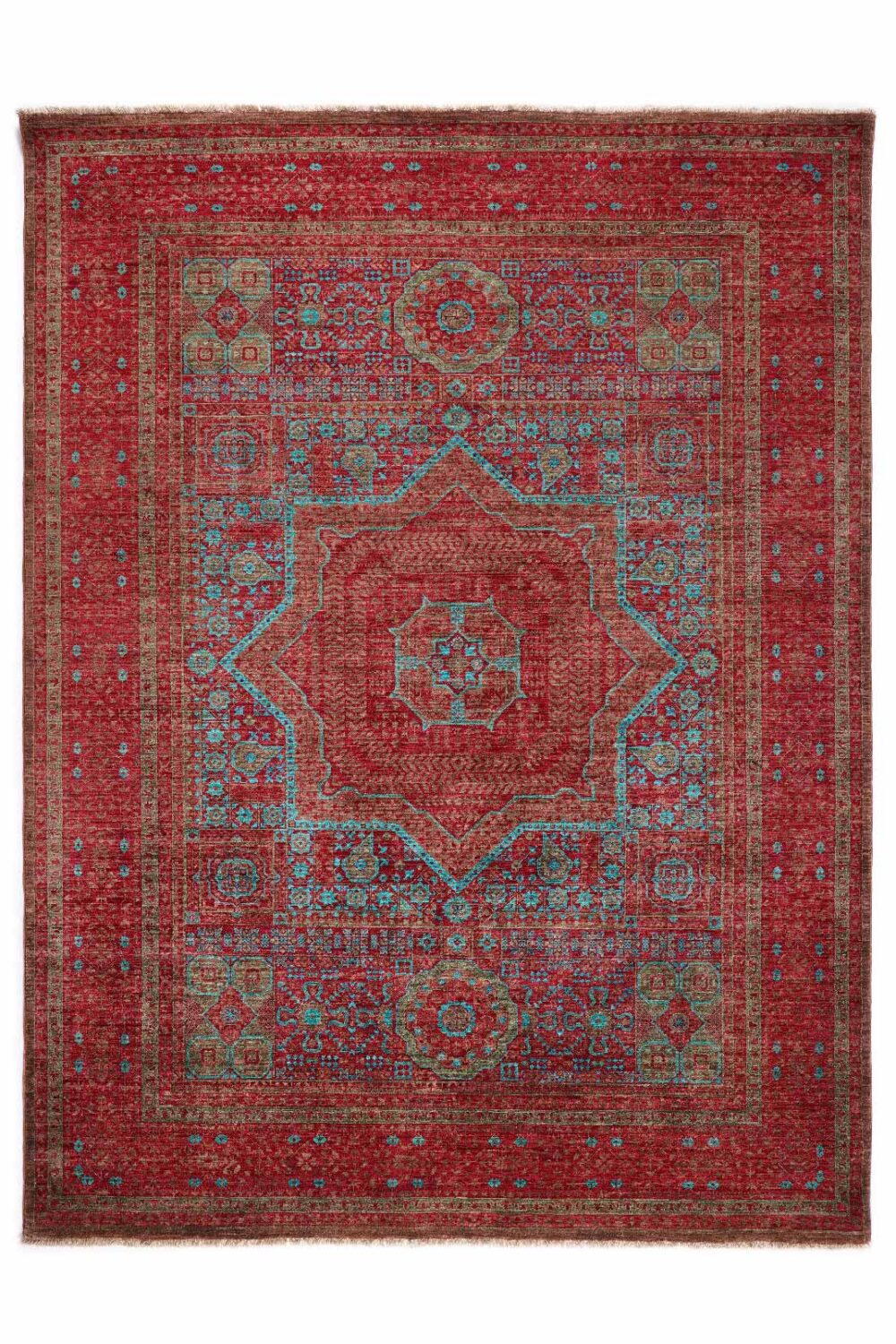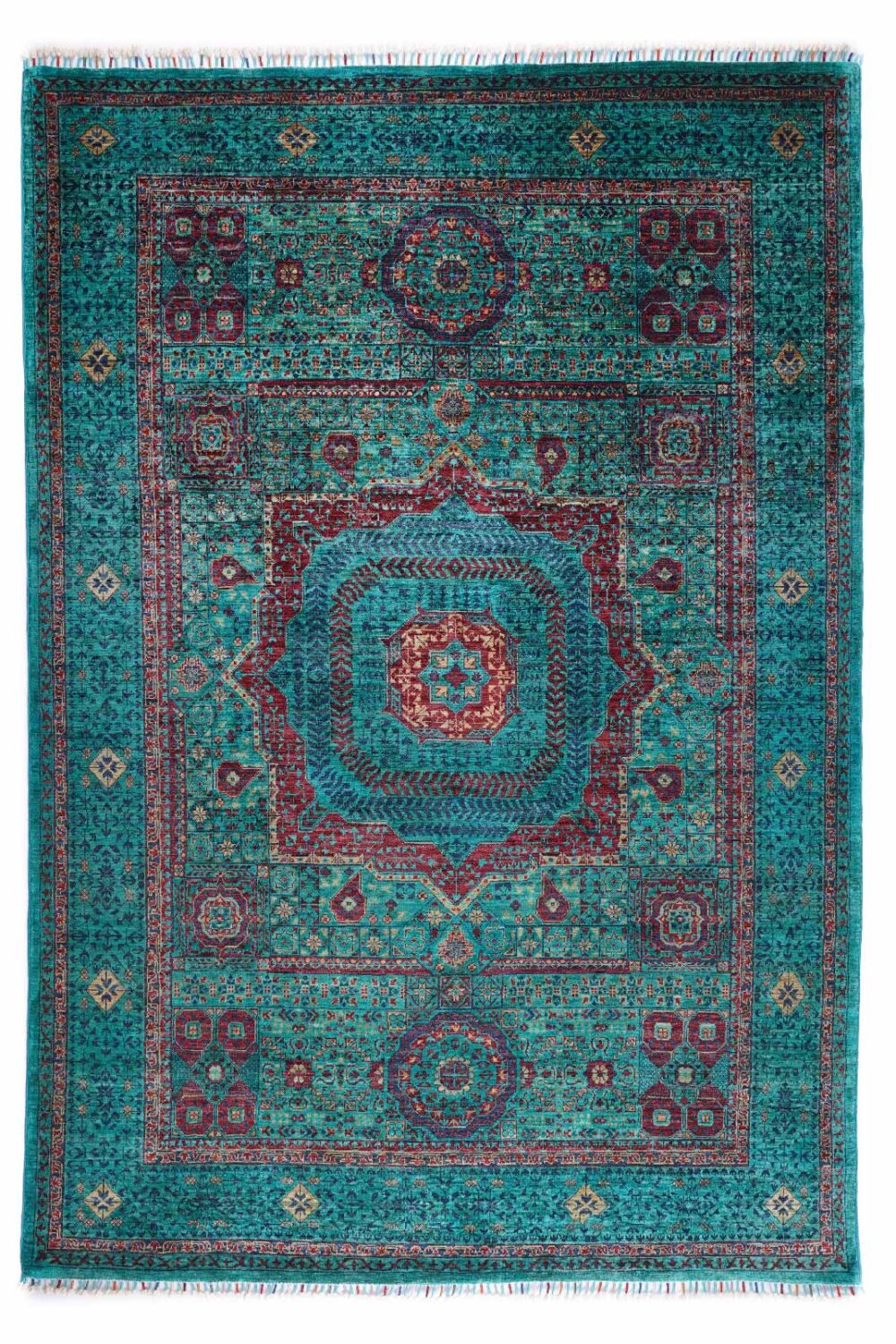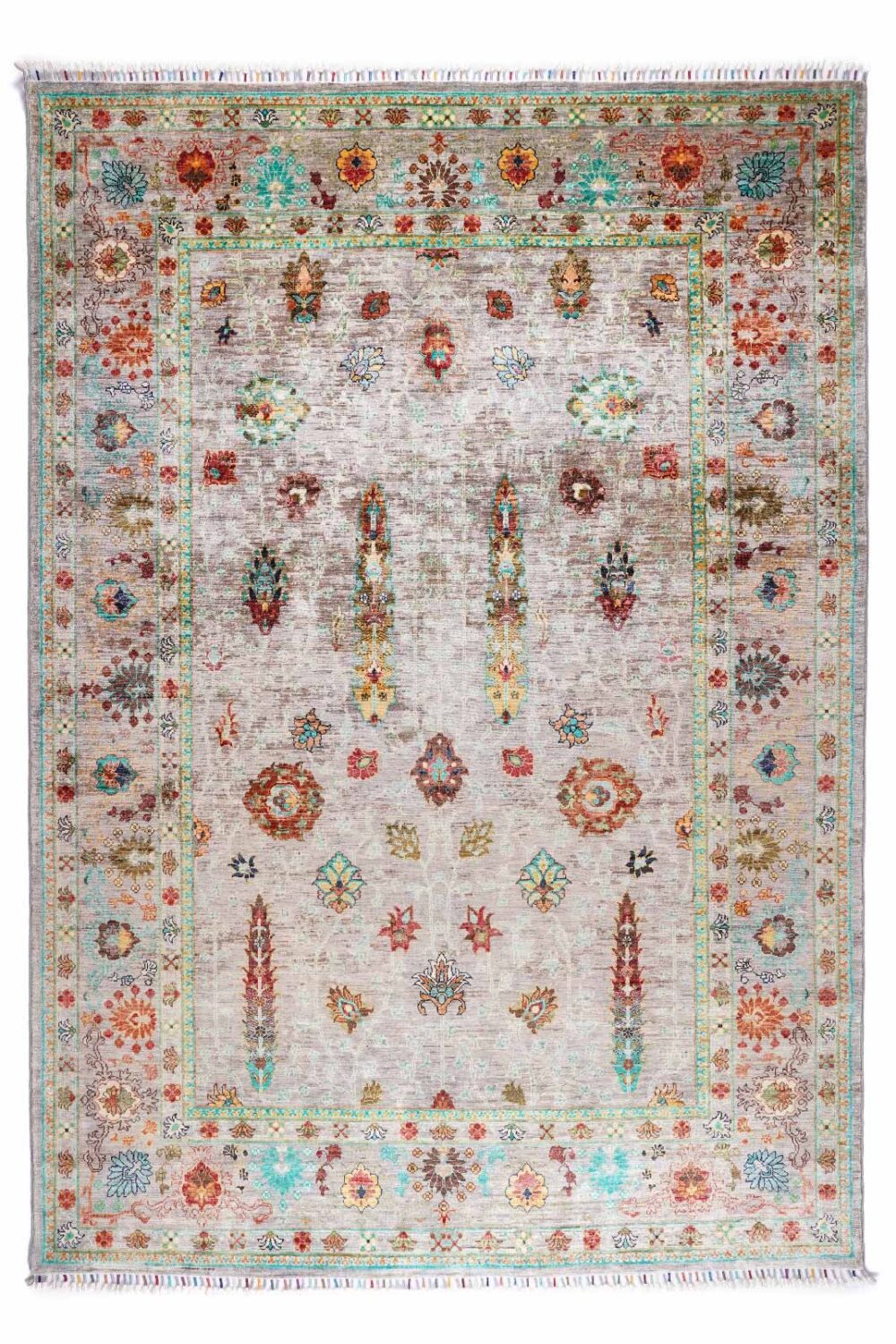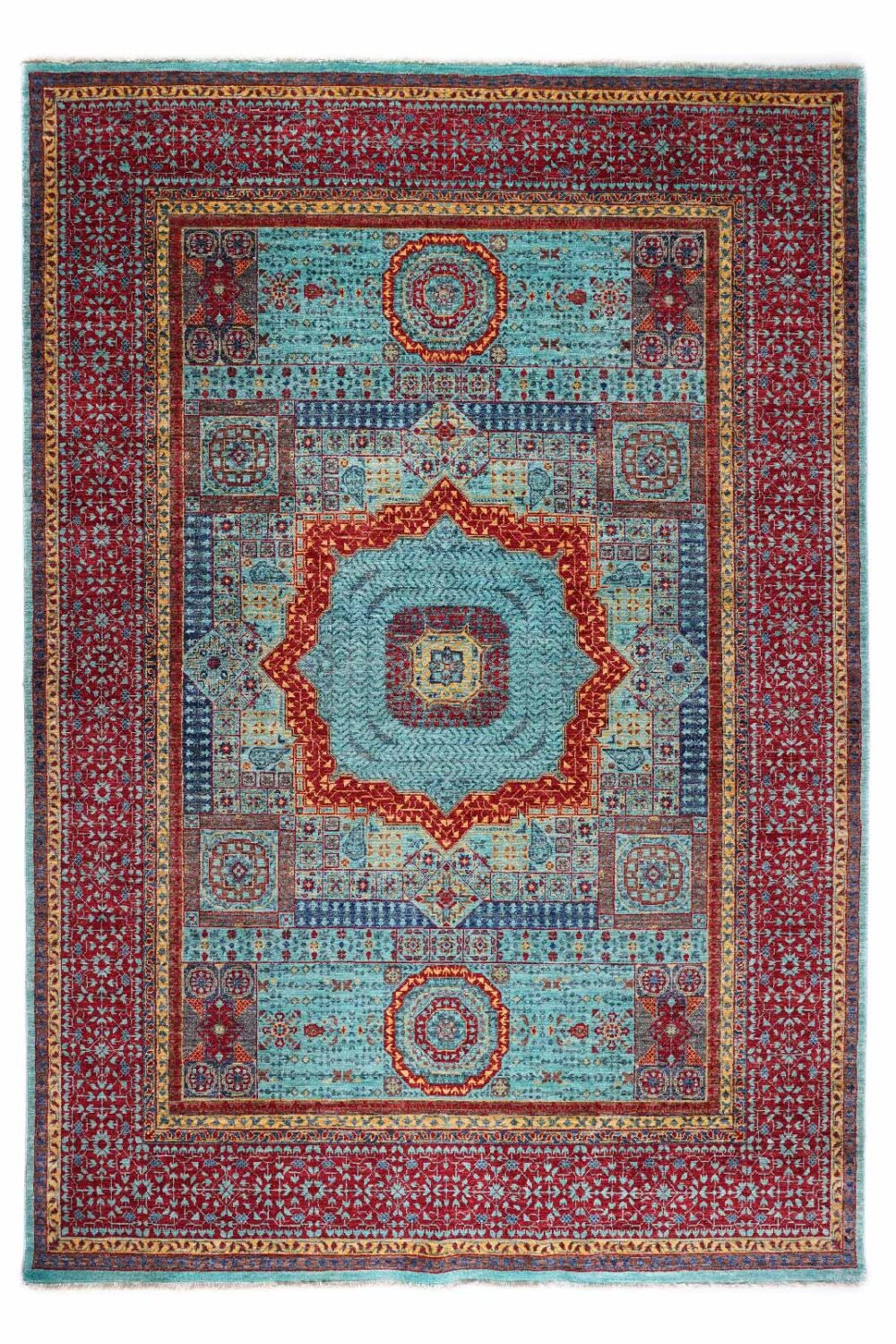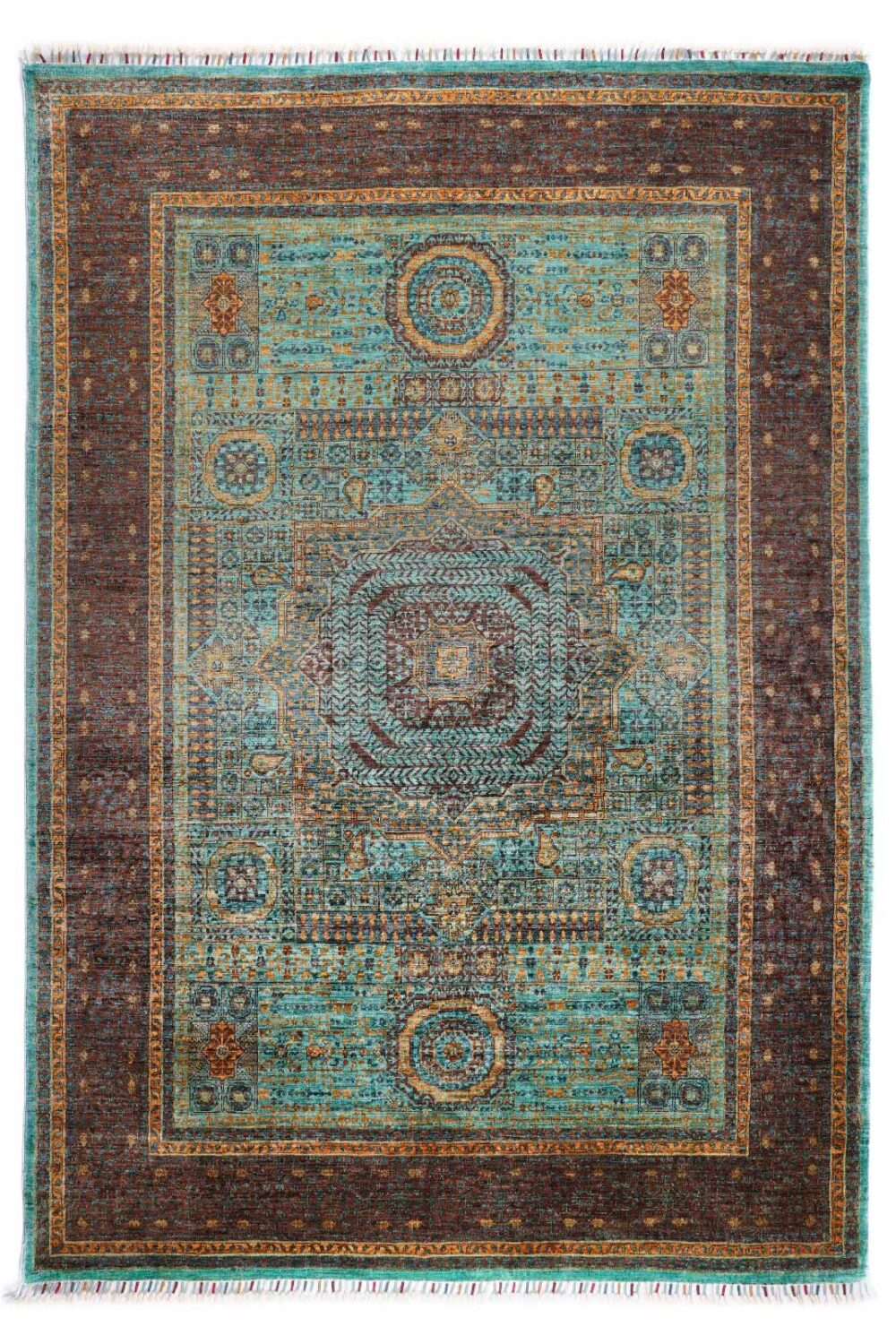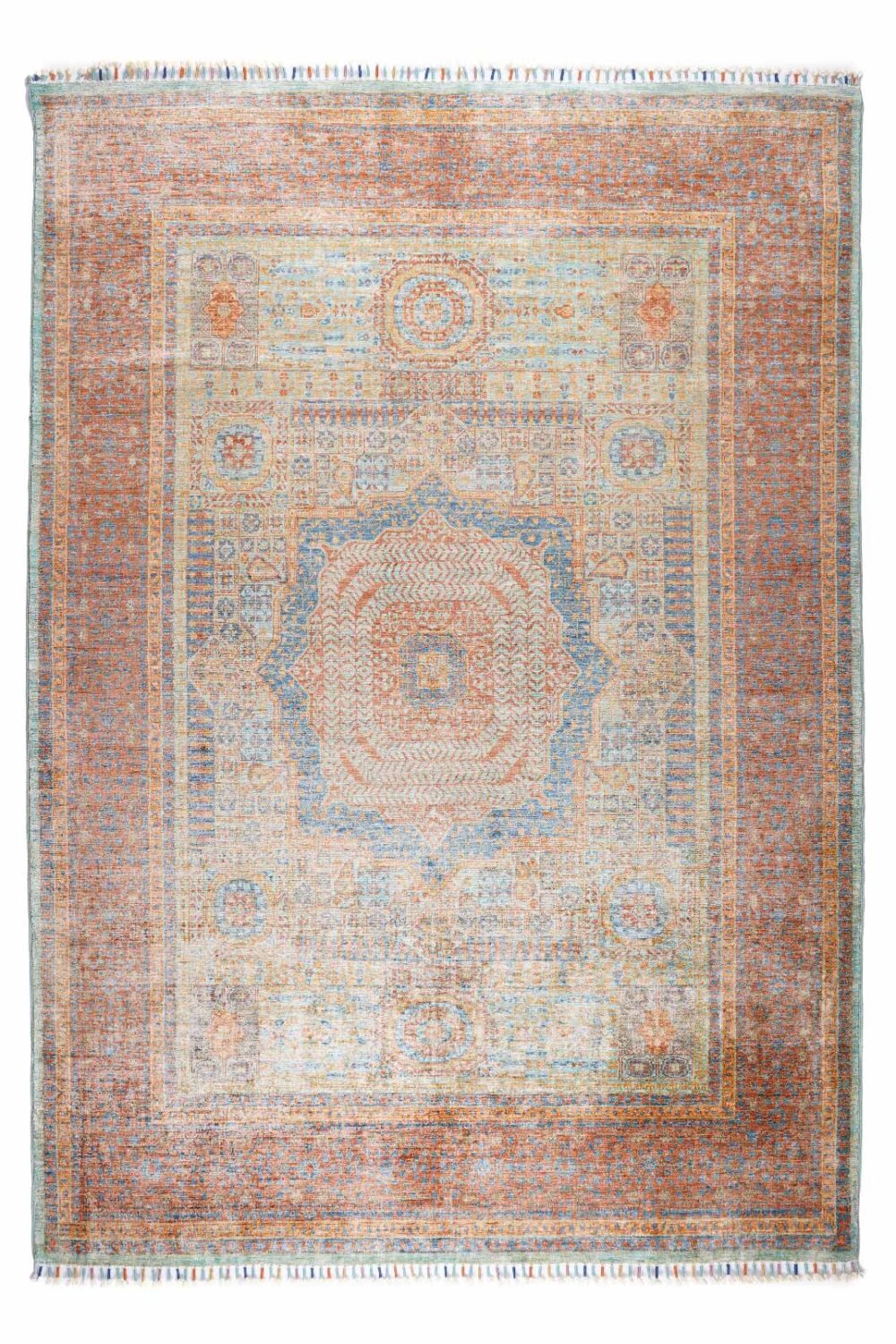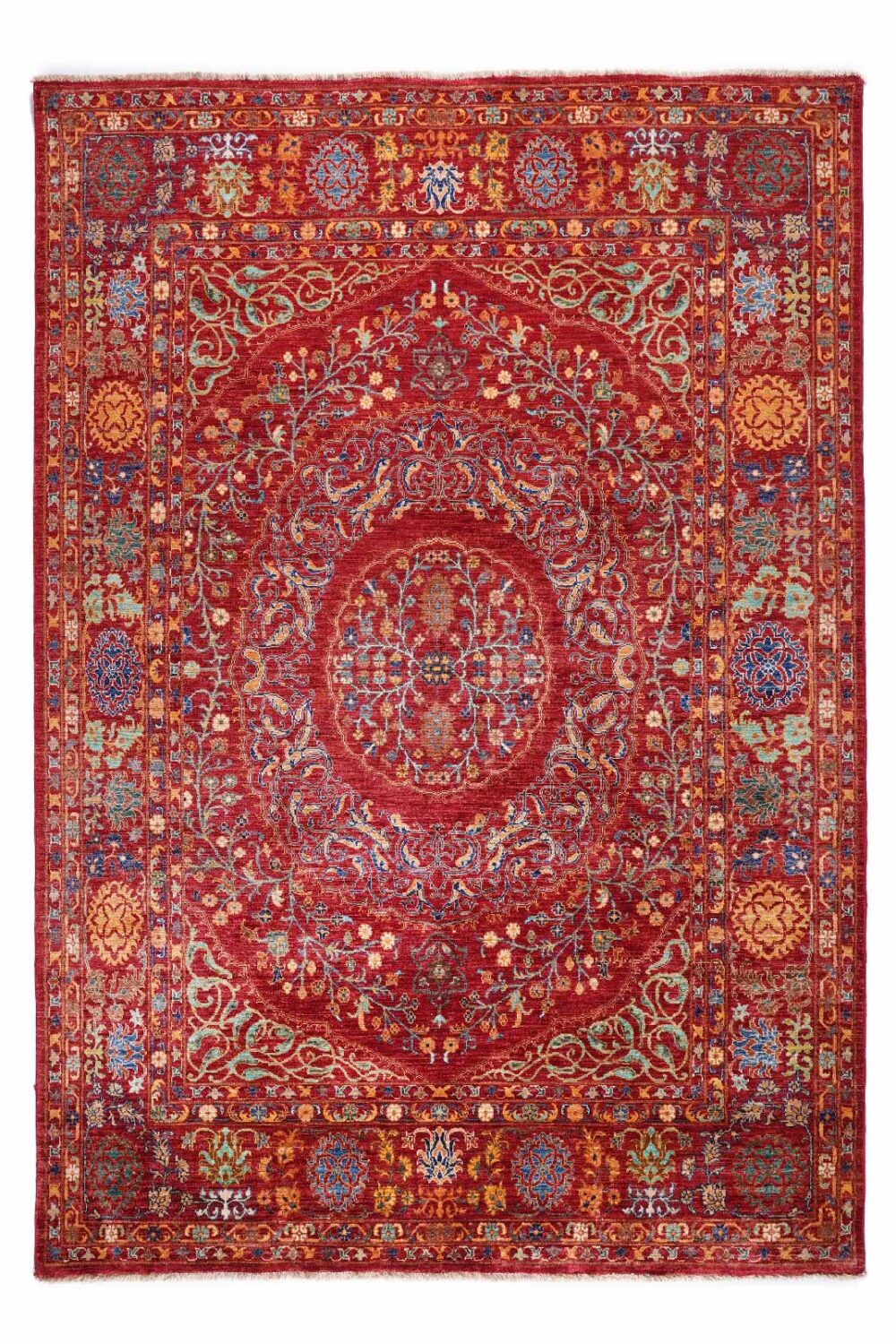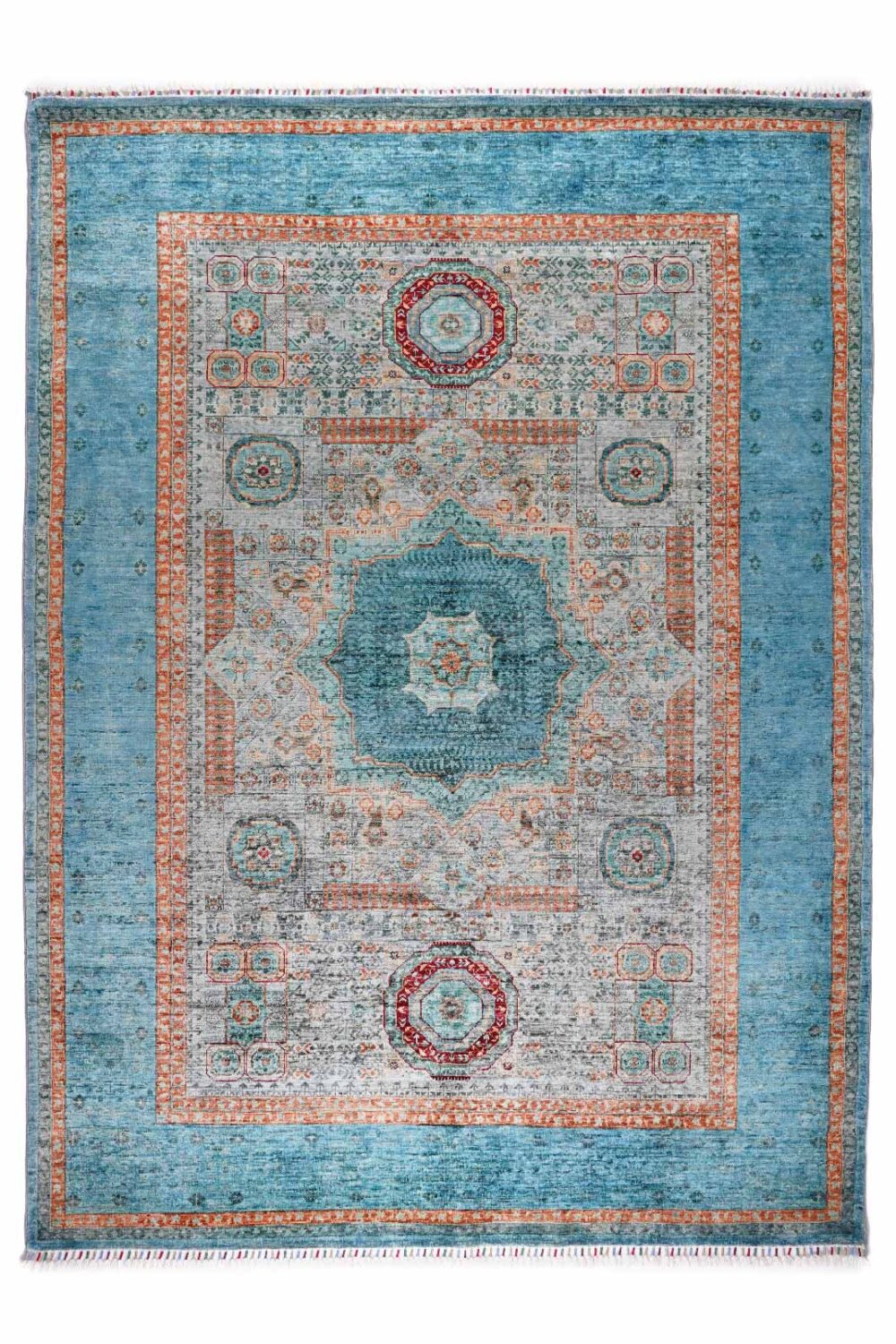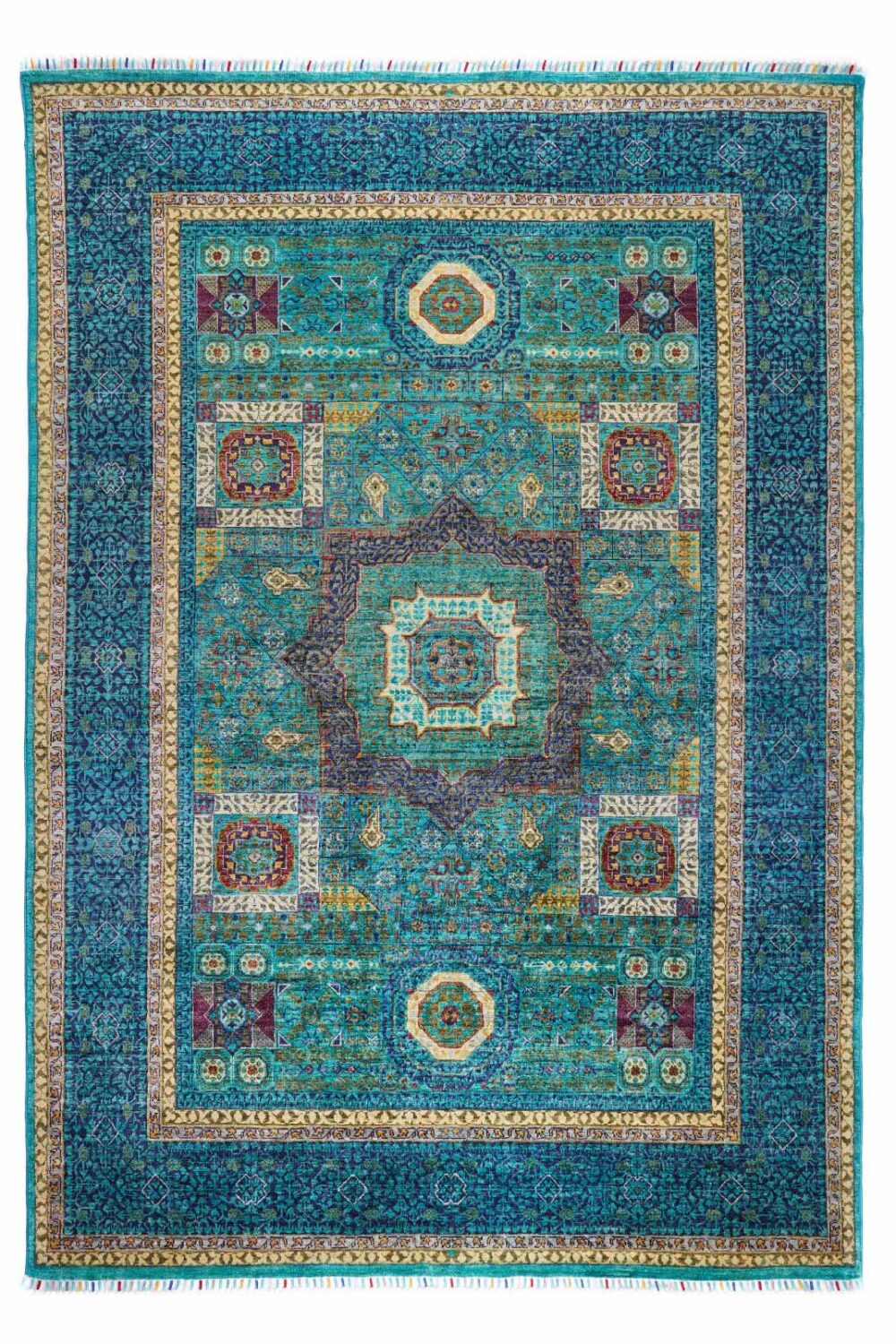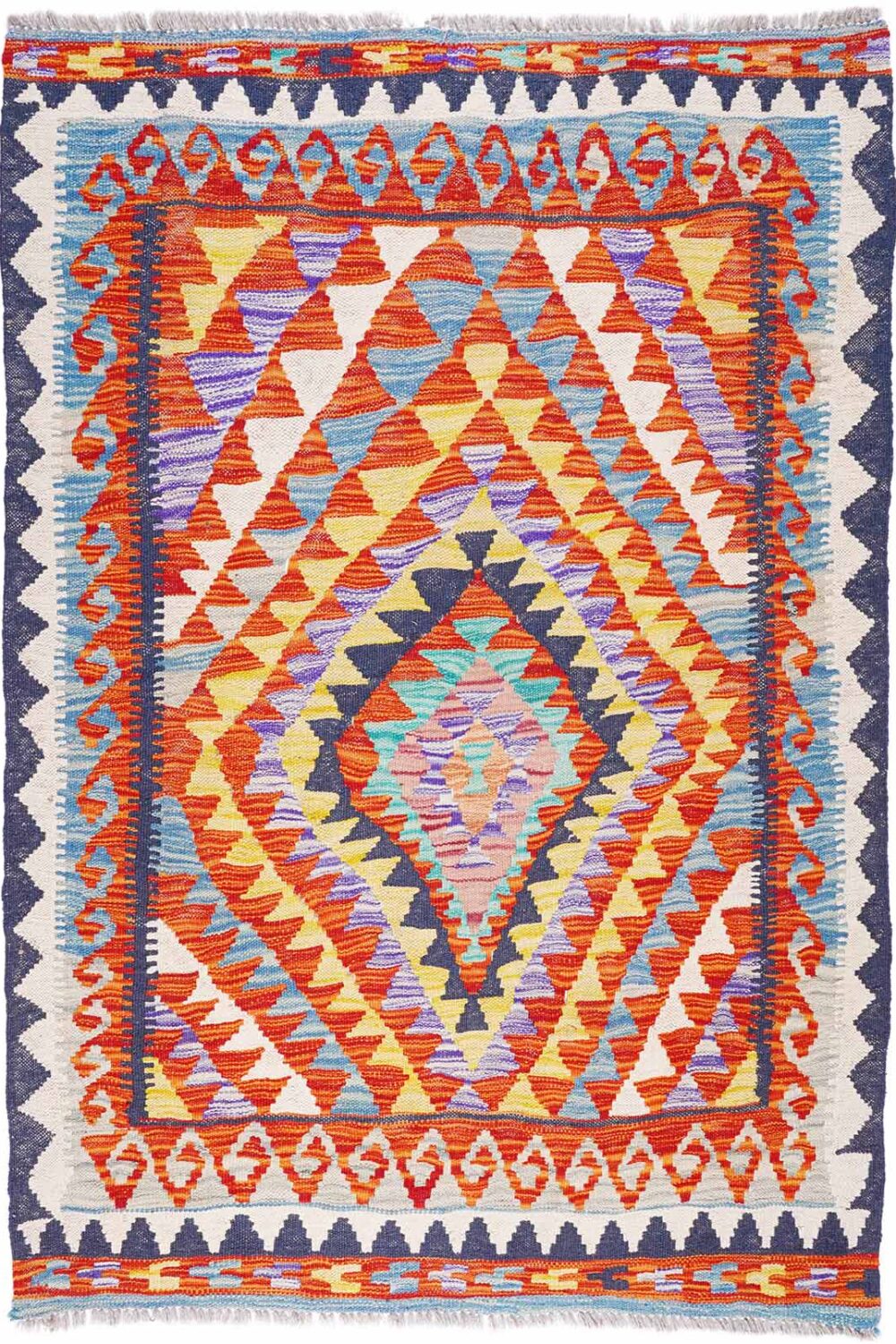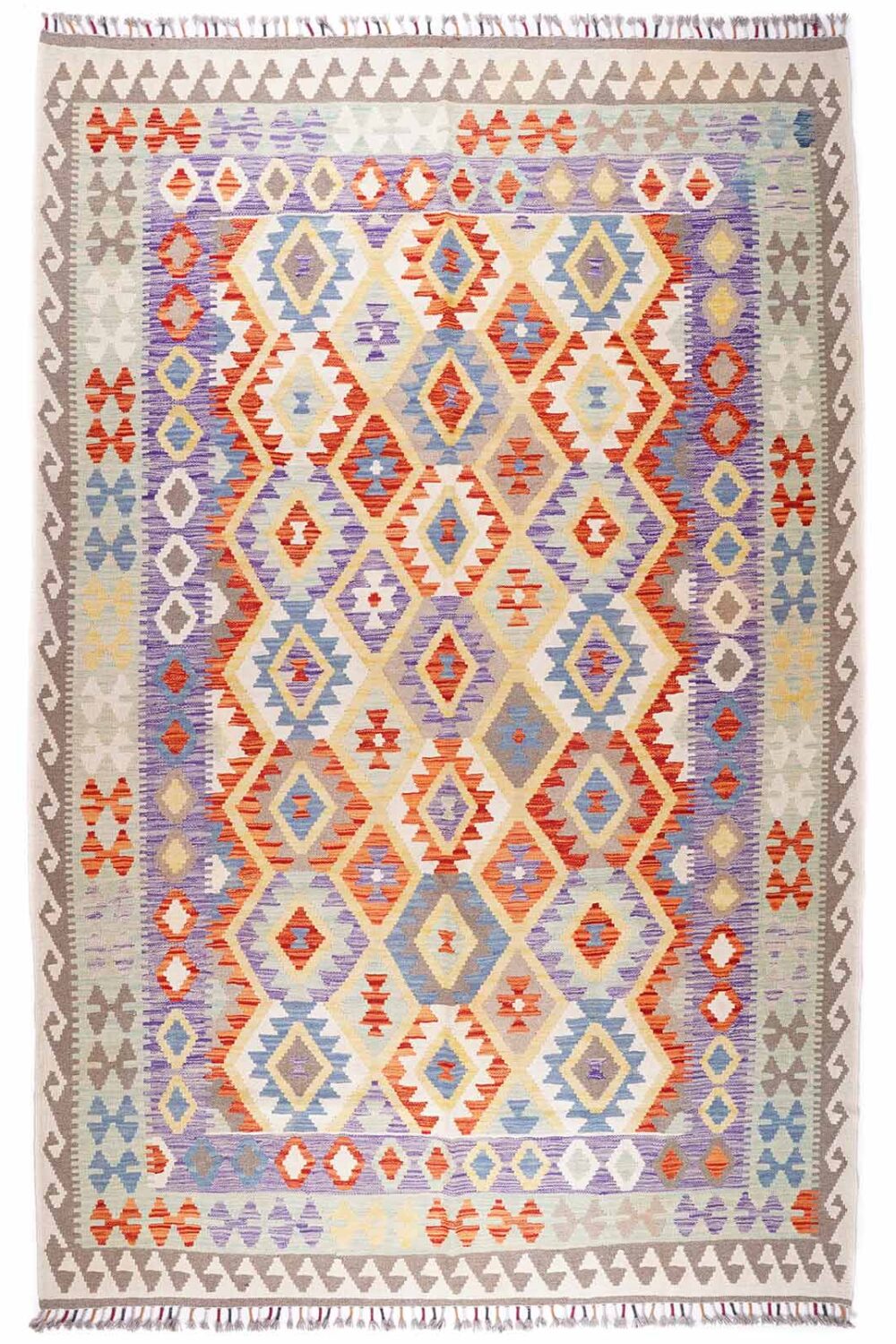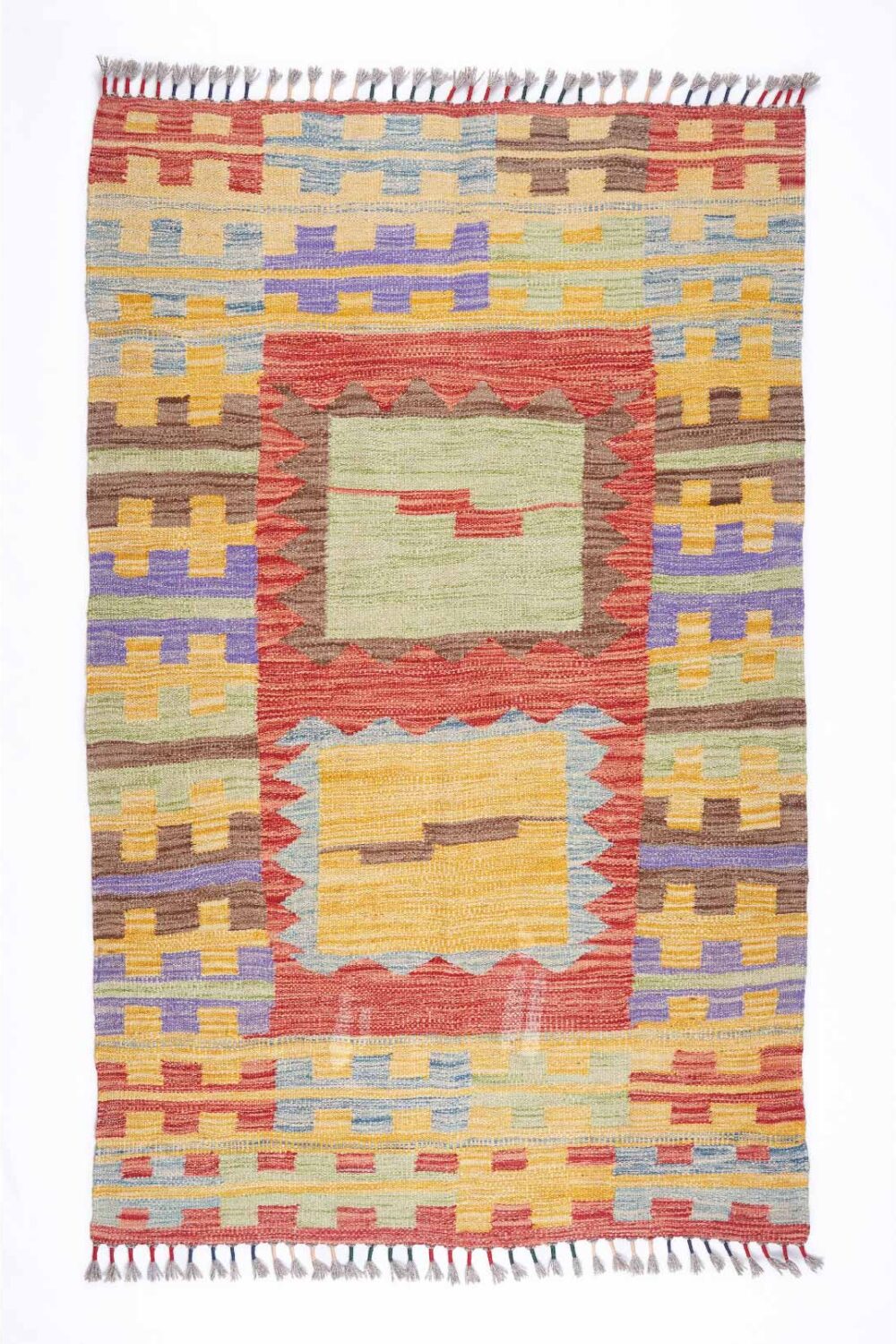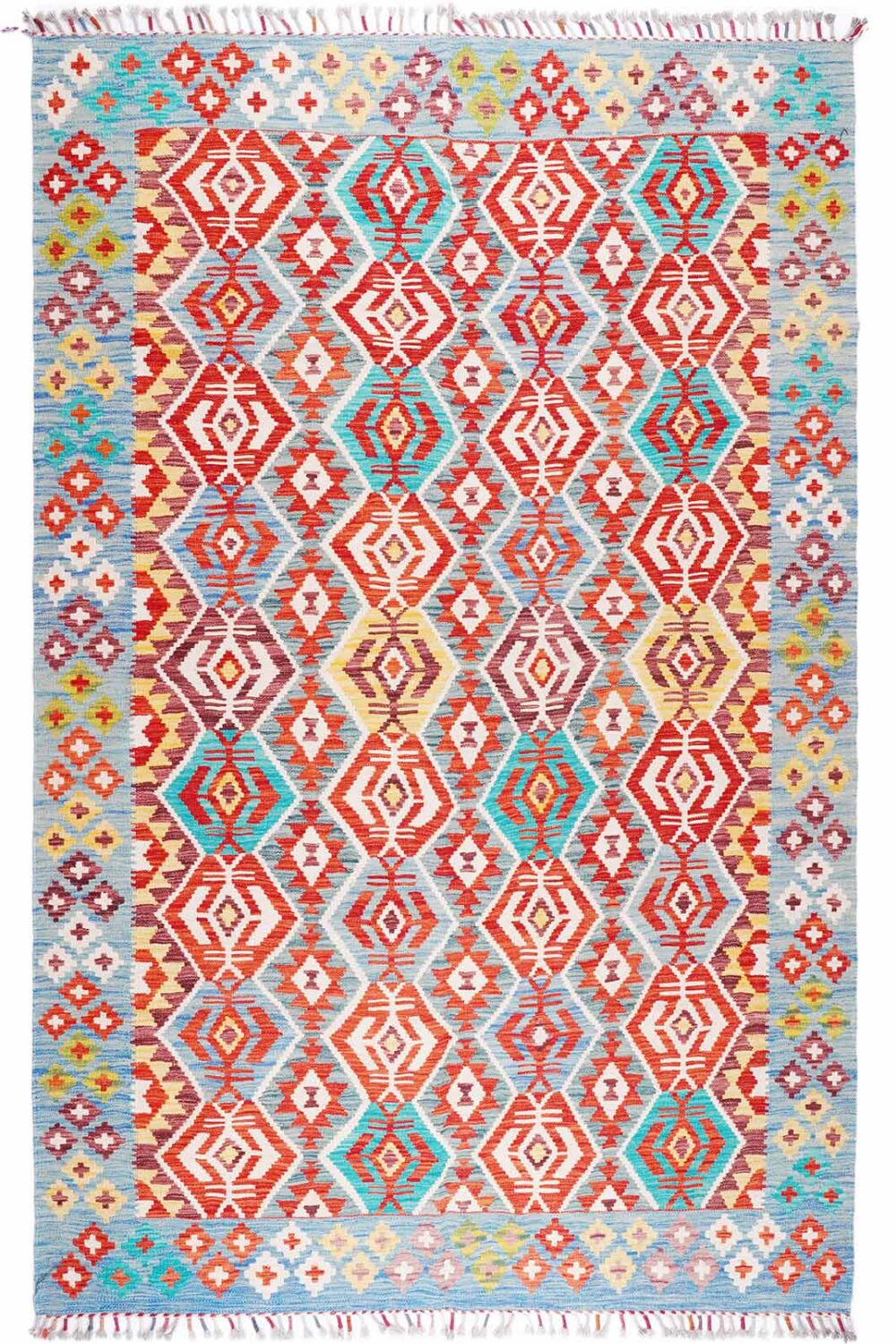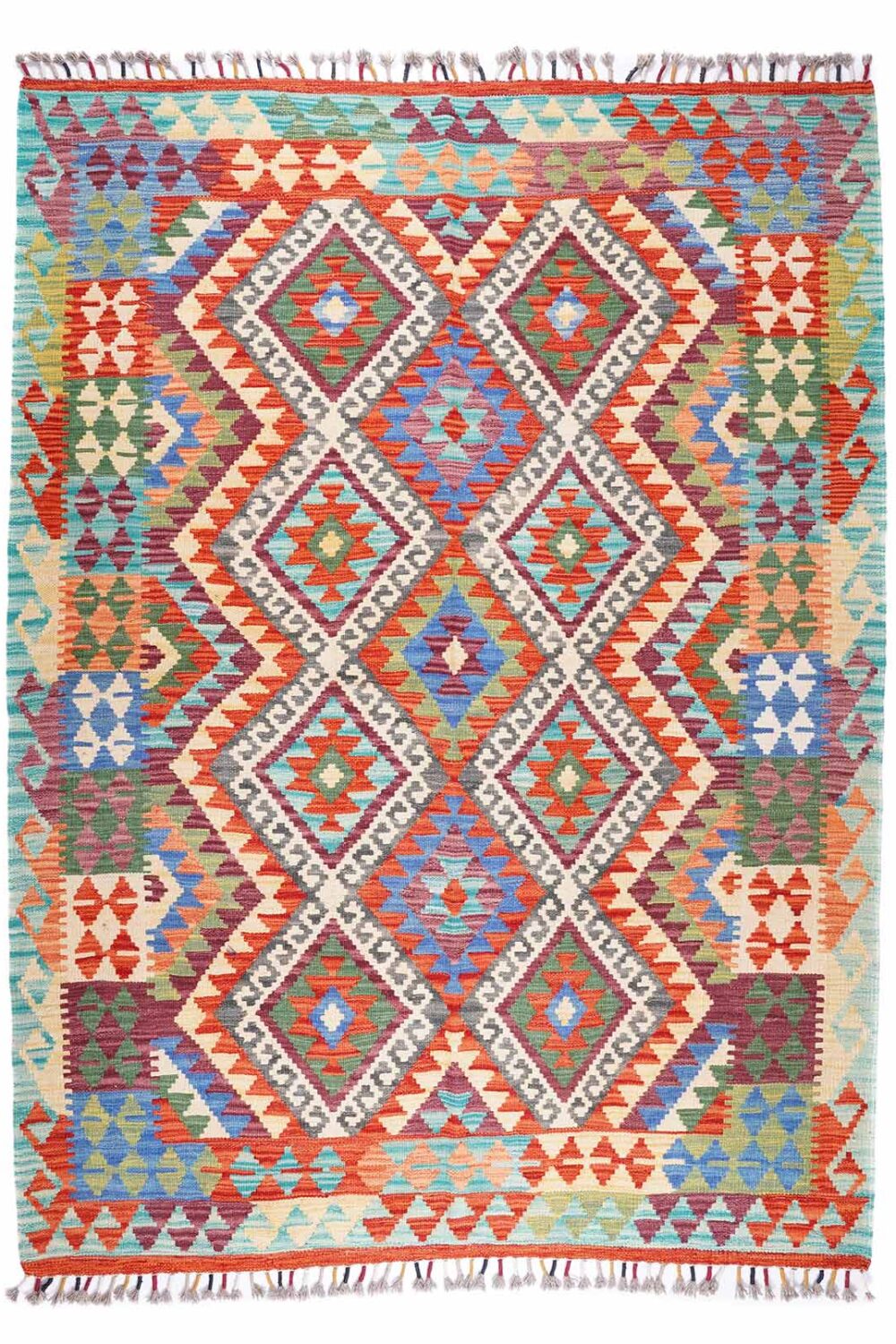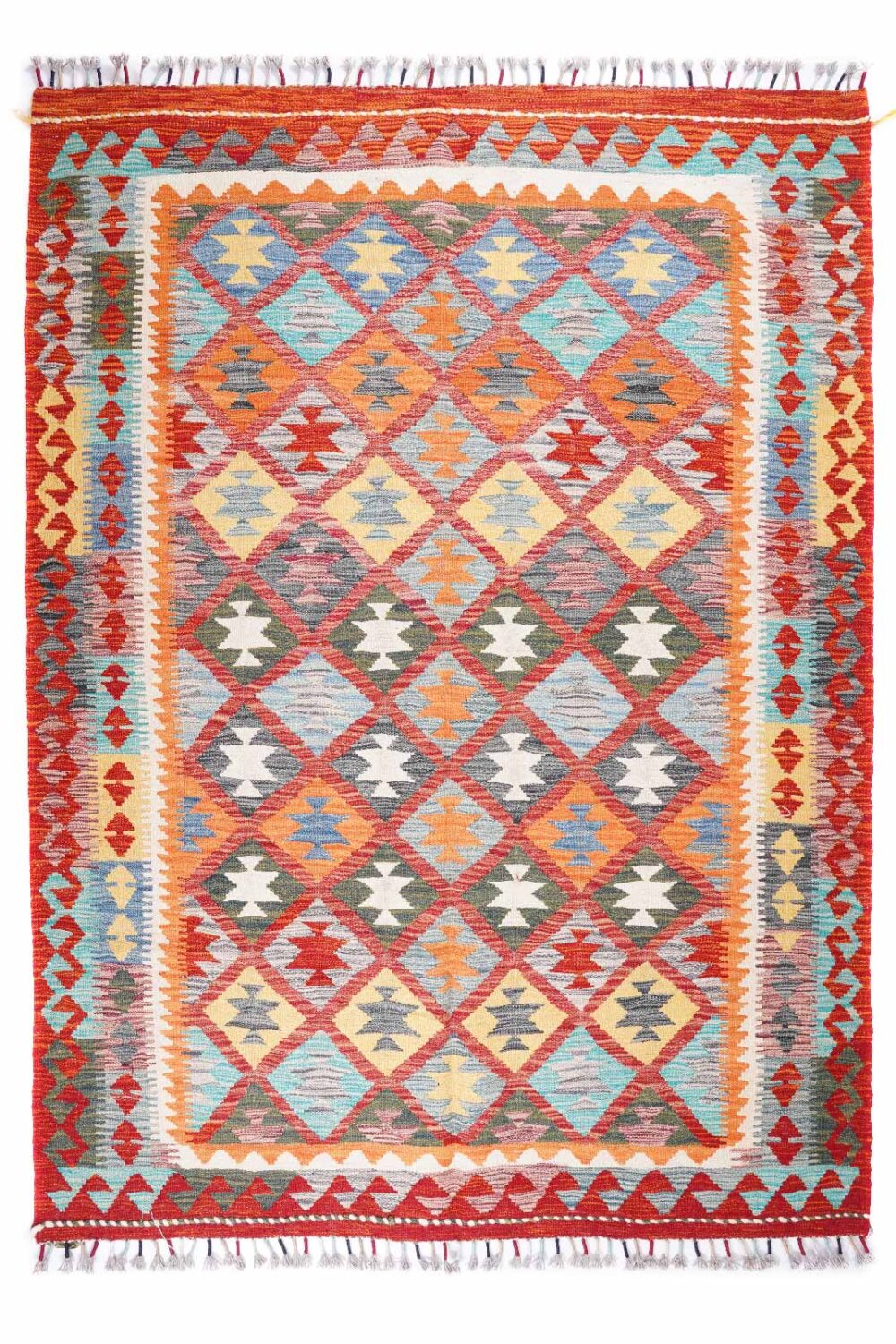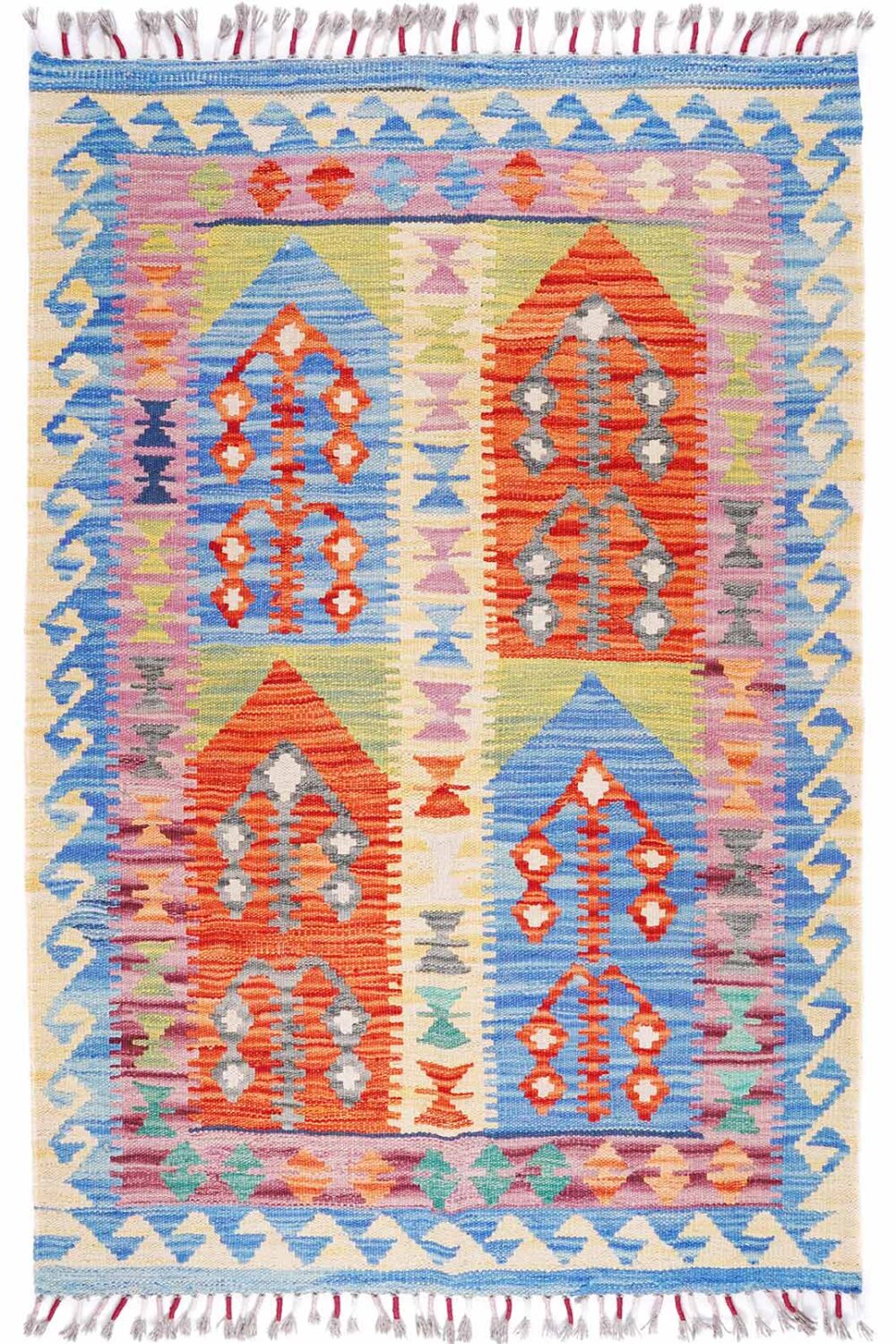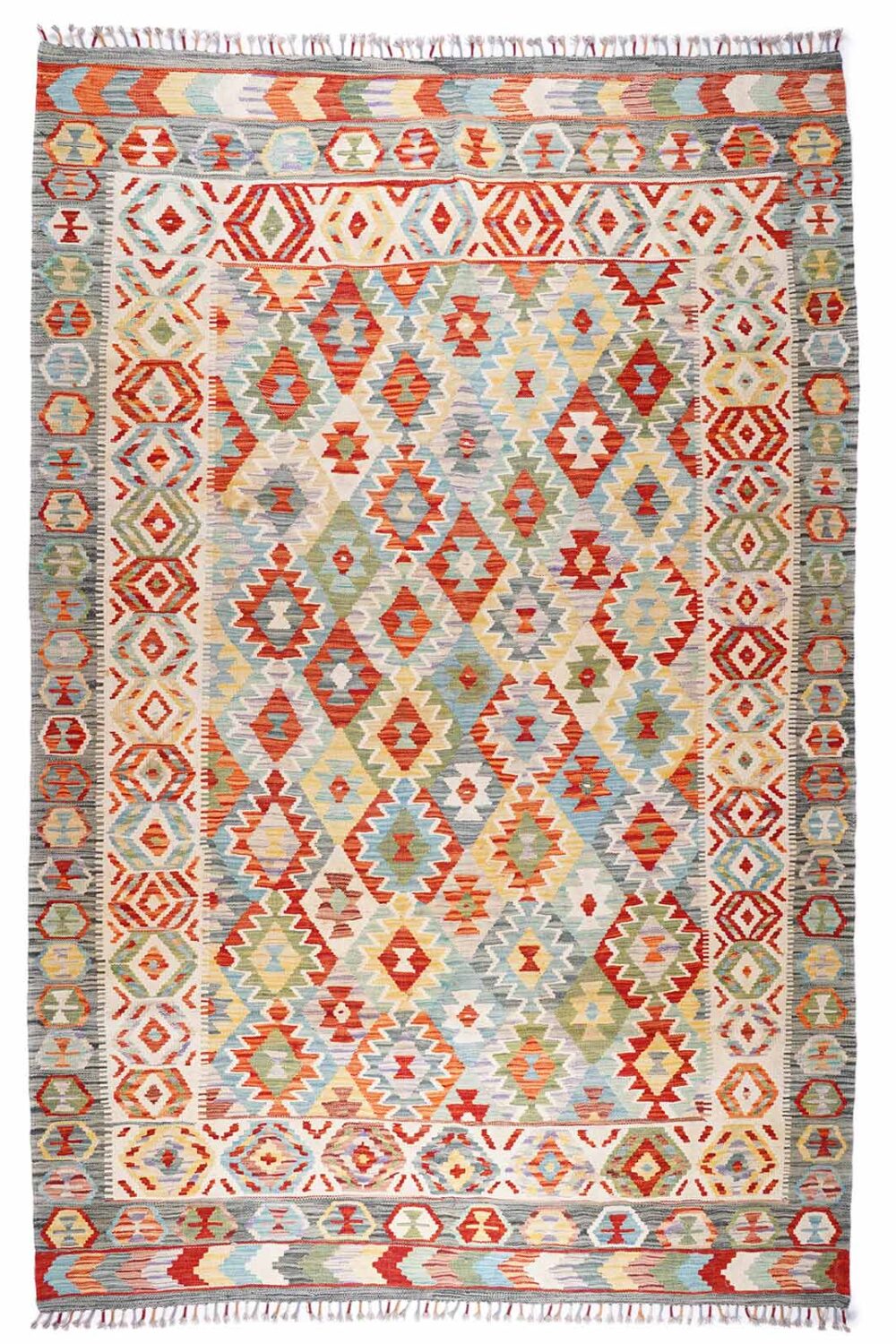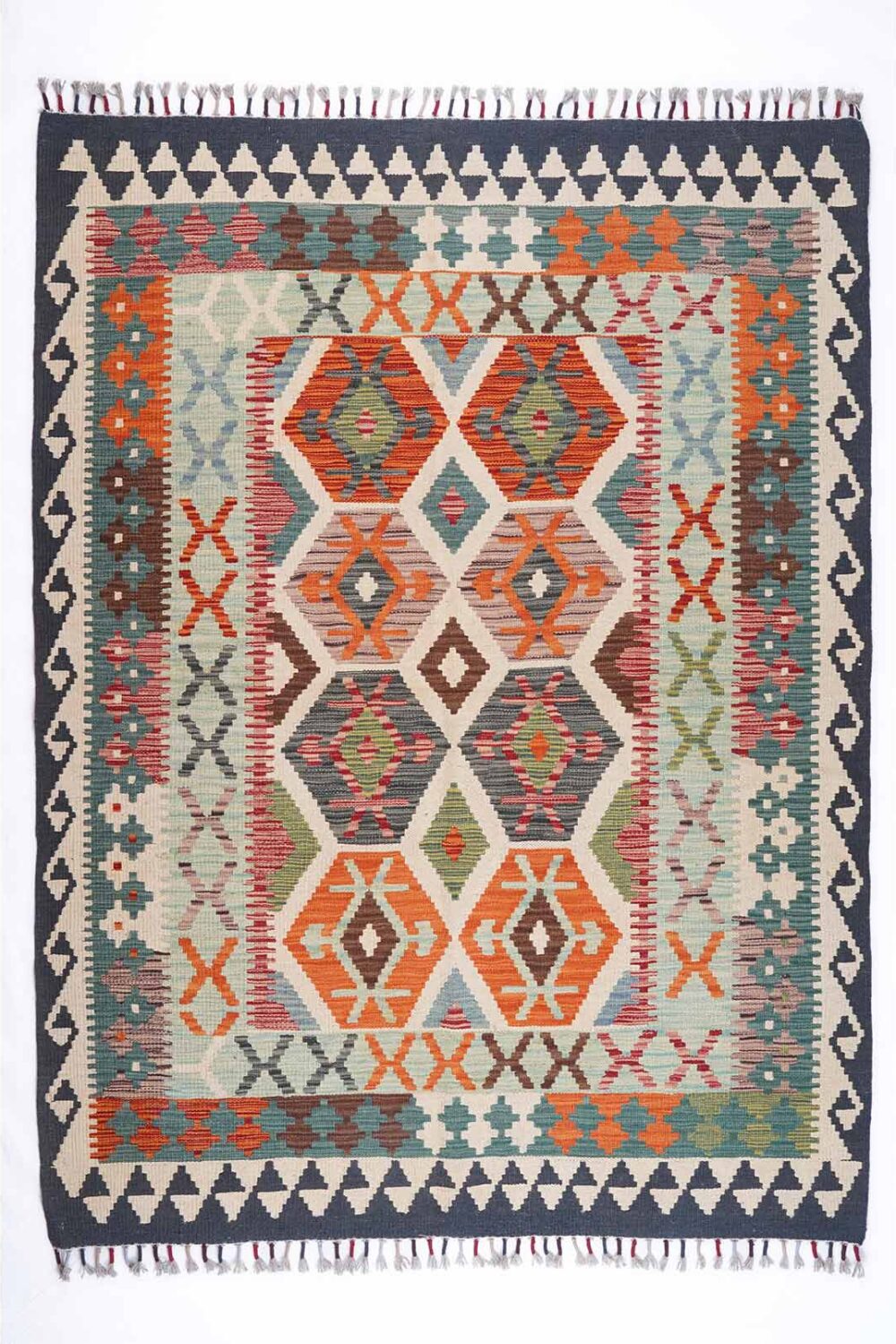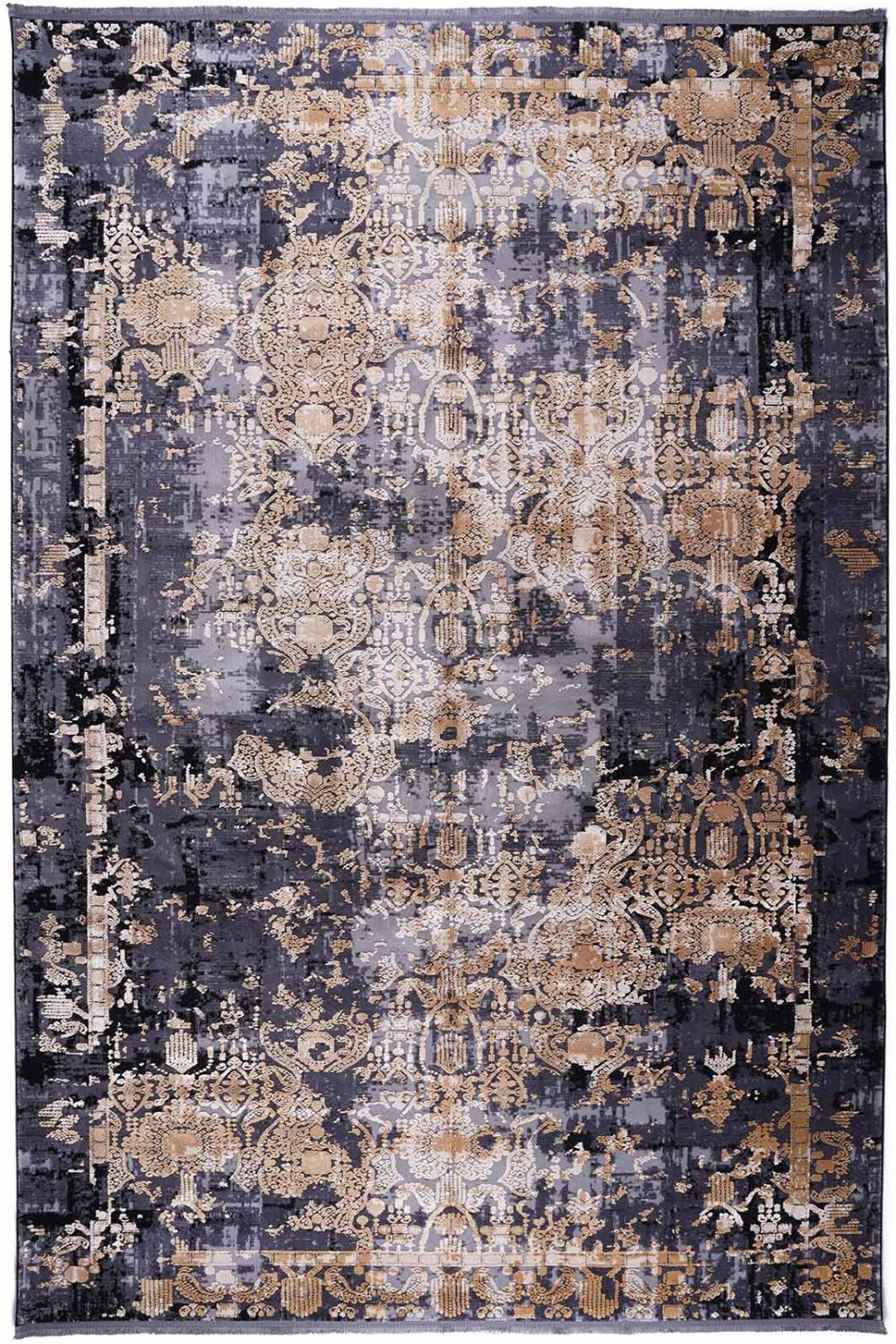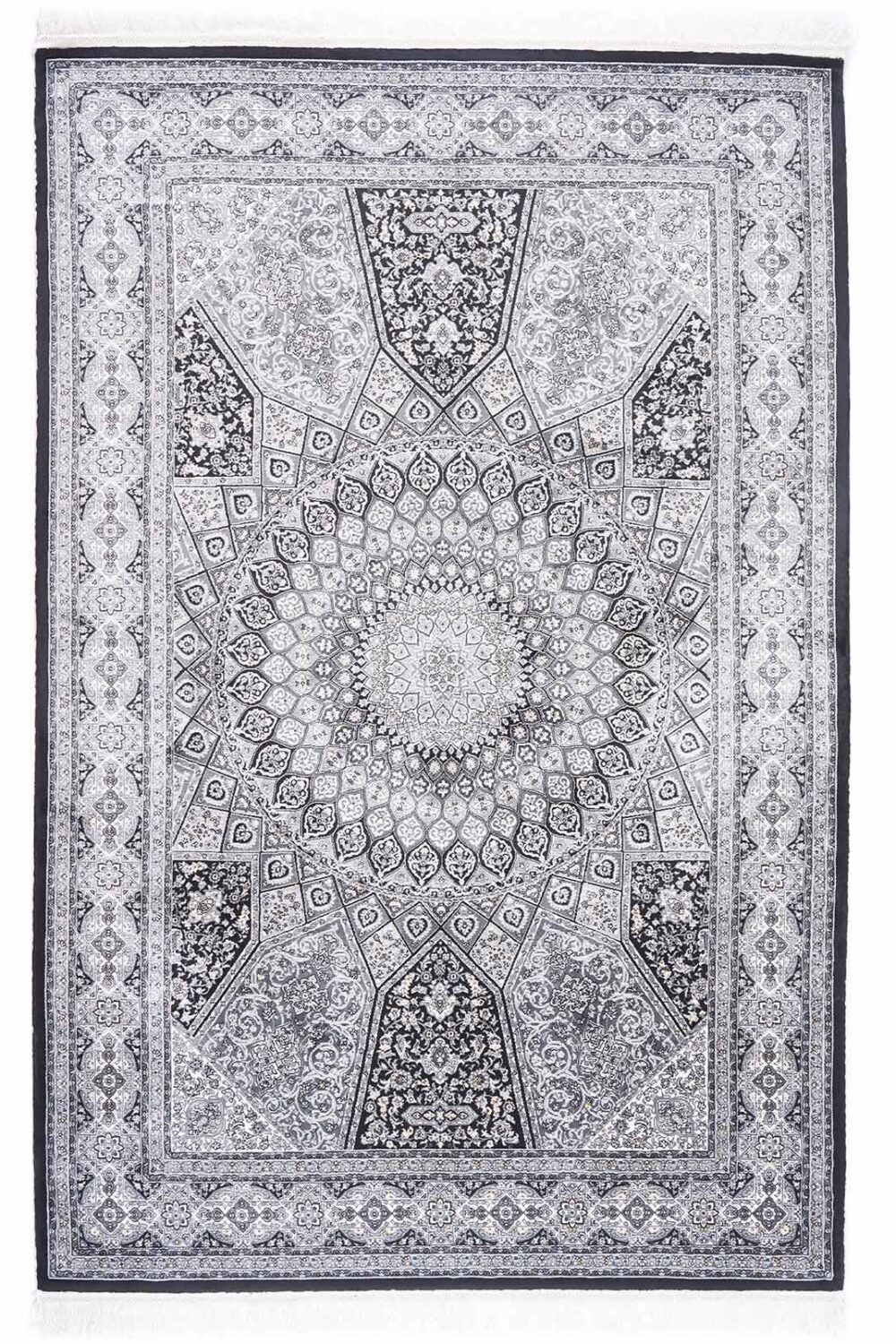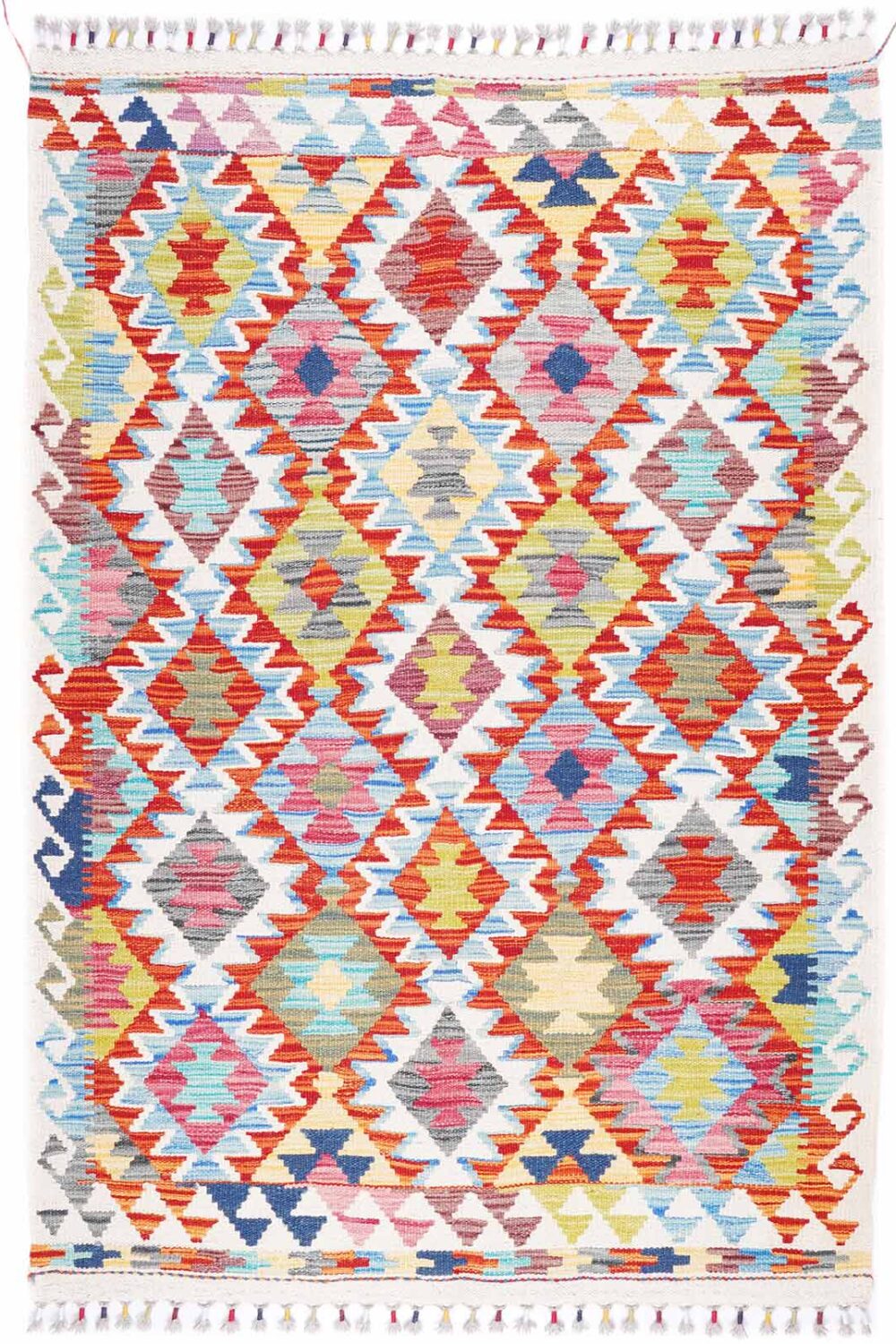5443
Happy Clients

Rugs by Categories
Rugs by Size
Transform your space with the right-sized rug. We’ve got you covered.
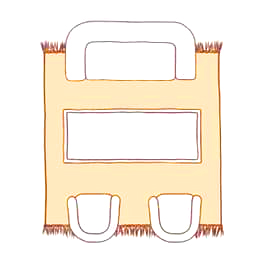
Oversize Rug
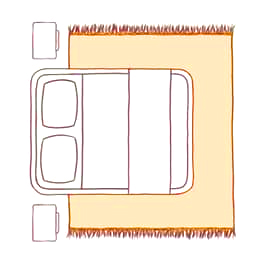
Large Rugs

Small Rugs

Runners Rugs

Round & Square
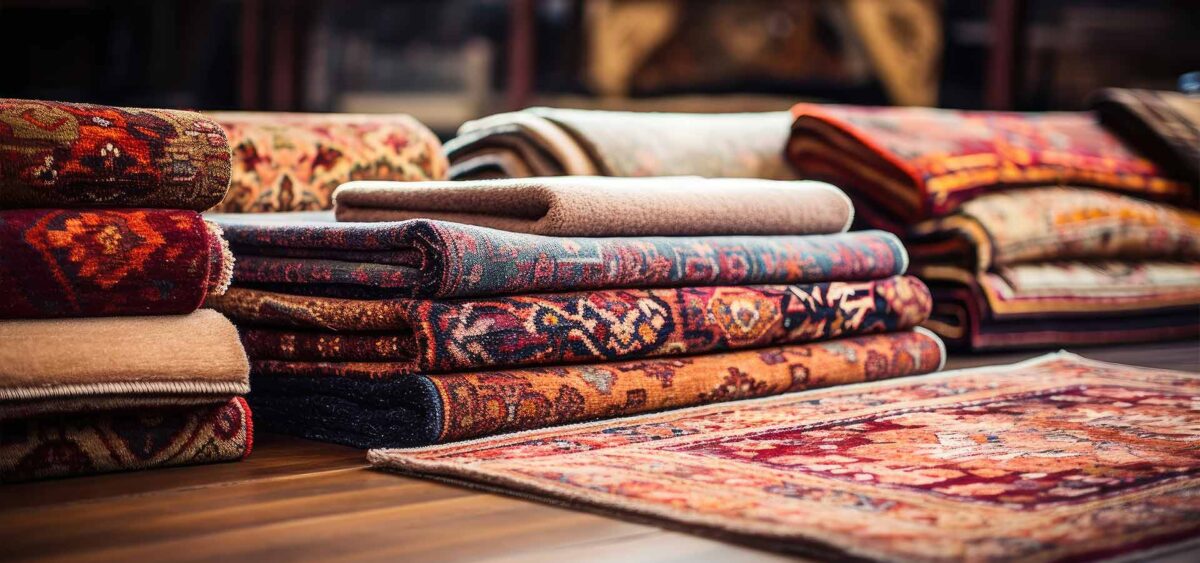
Customize Rugs

Rugs Repair
Our comprehensive rug repair services are designed to restore your rugs to their original beauty and extend their lifespan. Whether your rug has suffered damage, frayed edges, stains, or color fading, our skilled team uses specialized techniques to ensure high-quality results.
- Reweaving damaged areas
- Repairing or replacing fringes
- Removing tough stains
- Binding and serging edges
- Restoring faded colors

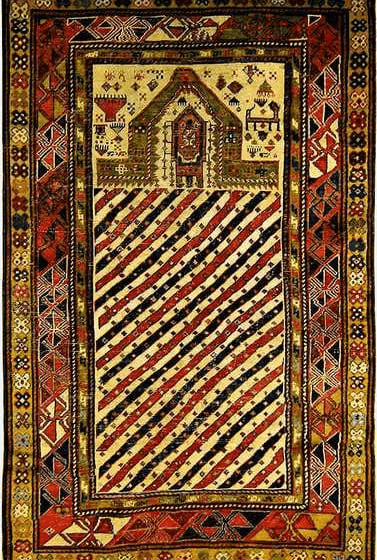
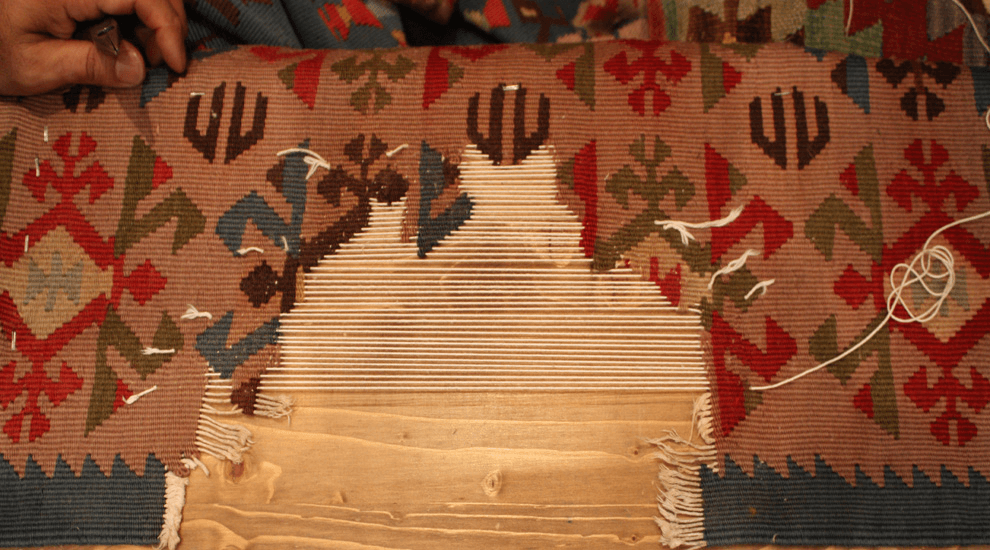

Happy Customers
Frequently Asked Questions
1What are the different types of rugs available?
Types of rugs include Persian style, Oriental, contemporary, traditional, shag, flatweave, and hand-knotted rugs, among others.
2How do I choose the right size rug for my room?
The size of the rug depends on the room and furniture layout. Common guidelines include having the rug large enough to fit all the furniture on it or at least the front legs of the furniture.
3How do I clean and maintain my rug?
Regular vacuuming, spot cleaning spills immediately, and professional cleaning once a year can help maintain the rug's condition. Different materials may require specific cleaning methods.
4What materials are rugs made from, and how do they differ?
Rugs can be made from natural fibers like wool, silk, and cotton or synthetic fibers like nylon, polyester, and polypropylene. Natural fibers are often more durable and luxurious, while synthetic fibers are typically more affordable and easier to clean.
5How do I prevent my rug from slipping?
Using a rug pad underneath can prevent slipping and add extra cushioning. There are various types of rug pads designed for different floor surfaces.







